|
Also available on PlayStation 3, Android, iOS, and Windows I went into this game not expecting much. The final product was about what I initially expected, but I still ended up disappointed because the game starts off fairly entertaining and - for history and strategy game nerds like me - pretty addicting. The problem is that it doesn't stay fun. It's like if you started playing a game where the first level was Super Mario Bros 3 but the rest of the game was Math Blaster. I felt betrayed and lied to. No one should really expect anything when you see that History Channel is the one sponsoring and directing the game. Okay, so maybe you should expect an informative game - and, in fairness, it does a decent job of portraying the Hundred Years War's major turning points - but that's ALL one should expect. The gameplay is like a blend of real time strategy and almost-but-not-really turn based strategy with some light RPG elements. The battles themselves take place in real time, but you have the ability to pause the action to issue commands to your units or use command cards. Then you resume the battle, and tiny little people start hacking each other to bits again. The RPG elements involve the stuff you do between battles. After each battle you win, you earn a certain amount of gold that you can use to either upgrade your units or buy new equipment. When in battle, your units gain experience, and with each level they gain, they gain a skill point. These can be put into general skills, like sword mastery or bow mastery; into attack skills that (obviously) boost your attack; or into defense skills that (also obviously) boost your defense. The problem is that the experience gains slow down more abruptly than Ys I on Master System. So in the early battles, it's not too difficult; archers = victory. Your enemies just march steadily towards your army as they drop like flies against your relentless volley of arrows. Later on, it gets a bit tougher when they start using shields, and your archers end up having to defend themselves in melee combat. It's alright, though, because they have a melee weapon as a back up. No shield, granted, but they can at least defend themselves even if they won't be winning any major sword fights. Around Chapter 10 or so (at least in the English campaign; I'm not sure about the French campaign), the difficulty spikes to the point where the game just stops being fun. After eleven consecutive attempts at Chapter 13, I threw in the towel. It just wasn't fun enough to warrant the difficulty. I was outnumbered 3-to-1, and while I could make the French cavalry retreat by taking a certain command point and get that number down to being outnumbered 2-to-1, it was on the far end of the map; I had to fight my way past half of their infantry to get there, by which point their cavalry had probably almost gotten into a flanking position anyway. My archers could have cut through their infantry fast enough to manage it if they hadn't had giant ass shields making my arrows virtually useless. To make matters worse, most of them had spears and lances, making my own cavalry units useless against them. It was just a pain in the ass that I decided wasn't worth my time anymore. Those who know me know that I'm not usually one to get my knickers in a twist about visuals, but the graphics in this game were straight garbage given the platform its on. It seriously looks like a PlayStation 2 game. Given that this is the same console that gave us the beautiful Halo Wars, it was just....ugh. Disgusting looking. Honest to god, Age of Empires II - a game that came out a full twelve years before this - looks about the same in terms of texture and animation quality. It looks like moldy ass. Before each main battle, there's a cut scene explaining that part of the war, and about half of it is live actors (probably pulled straight from a previously aired documentary on the Hundred Years War), but I've legitimately got FMV games on my Sega CD with better video quality than those cut scenes. It's just....inexcusable. Honestly, the game isn't COMPLETELY horrible, but you've seriously got be a hardcore history AND strategy game nerd to get any real enjoyment out of this, and even then, don't expect it to last. Even on the Easy setting, the game has two modes - bend-over-for-you easy and going-in-dry hard. There is no in between. If you can find it for, like $5 or less, then sure, maybe it's worth some shits and giggles, but under no circumstances can this game ever be considered "good." It may seem like it at first - I got fooled - but it's mediocre at BEST, and that's being generous. My Rating - DAlso available on Linux, OSX, and Windows I'd been putting off playing this game for quite a while. I kept meaning to - I'd enjoyed the story in the first game, and I've heard the third game's praises sung non-stop for like a year and a half - but I knew I'd want to keep playing once I started, so I was waiting for a long weekend. Well, what better time to start a mid-length RPG than Memorial Day weekend? Luckily for me, I seriously had my shit together with gaming as I managed to put in about 30 hours and clear the game in two days. The Witcher 2 picks up the story of Geralt of Rivia a few months after the conclusion of the first game. Still without the memory of his past, Geralt investigates the mysterious assassination of two of the Northern Kingdoms' monarchs and rumors that witchers may be involved. Graphically, the game looks pretty much like its predecessor did, but thankfully, the combat feels much more fluid and natural in the sequel. It's not perfect, mind you; the commands to lock on to enemies and draw your weapon still felt a bit sluggish, and the combat mechanics didn't feel quite as polished as they could have been, but it felt significantly more intuitive and responsive to me than the first game. Granted, I played the first game on PC and the second on Xbox 360, so there's a little bit of apples-to-oranges here, I suppose, but regardless, I felt much more comfortable and confident in the combat this go around. One thing that I did notice is that there seemed to be a lot less non-humanoid monster slaying in this game than in the first one. You still kill a lot of rotfiends and nekkers (try saying that in frustration with a deep Southern accent; makes for some awkward misunderstanding), but those are bipedal and generally humanoid looking. There isn't nearly as much "beast" killing as there was in the first one. I'm not saying that's either good or bad, necessarily, but it definitely felt just a little less "fantasy" than the first one without the flocks of wyverns to kill (although there were, thankfully, plenty of harpies to massacre). My one big complaint with this game is the amount of bugs I encountered, especially given that the game's age has passed the half-decade mark. Most of the bugs weren't game breaking, but there was some noticeable screen tearing from time to time, a fair amount of texture pop-in, and extremely finicky button command prompt triggers. I did, however, encounter two or three instances where a major quest flag failed to trigger, forcing me to reload an older save, and four or five instances of side quests being bugged and rendered impossible to complete. The minor bugs, I can ignore and live with, but quest-breaking bugs and main quest flags that don't trigger aren't minor. It's also worth noting that I was playing with the game installed on my 360's hard drive; I shudder to think the frequency and type of graphical glitches I'd have encountered without installing. Overall, I thoroughly enjoyed my time with The Witcher 2. The story definitely kept me hooked, although I found it a little less intriguing than that of the first game, and the characters were decently well developed. Graphically, it looks just fine for an Xbox 360 title, although it certainly doesn't push the system's limits, and the texture pop-in was disappointing. The bugs, however, are definitely an issue worth noting, and from my wiki perusing, it seems as though most of the game's quests have known bugs in one situation or another. Despite all that, however, I finished feeling satisfied and excited to fire up the third game once summer break begins, especially since I have the GOTY edition with all of the DLC. My Rating - BWith virtual reality still in its infancy, it's hard to find a VR game that is truly compelling and actually works. There are several arcade style VR games - EVE Gunjack and Until Dawn: Rush of Blood for example - and there are some multiplayer VR games - RIGS and Starblood Arena - but single player games with a truly interesting and captivating narrative and gameplay experience built specifically for VR are still an uncommon thing. Impulse Gear's offering in Farpoint, however, might be one of the first to break ground in that particular sector of the VR arena. The basic premise of Farpoint is that you're a shuttle pilot working on a space station observing an anomalous singularity somewhere in space. As you're about to start ferrying two scientists, that singularity suddenly erupts with activity, pulling in the space station, the scientists, and your shuttle inside. When you awaken having crash landed on an alien world, you discover that the singularity was actually a semi-stable wormhole leading to some unknown corner of the universe. The game consists of your character and his journey to pick up the trail of the scientists who would have made planetfall just before you and hopefully find a way off the planet and back to Earth. The game is a first person shooter, and while it's not mandatory to have the badass PlayStation Move Aim Controller made specifically for Farpoint, I thought it looked hella cool, so I ordered the bundle, and it DEFINITELY enhances the immersion of the game. You lift the gun to aim down the sights as if you would a real gun, and your movements are (almost) perfectly mirrored on screen. It's as close as I've ever gotten to forgetting that I'm in a game. I truly does feel like you're on that alien planet fighting hostile giant spiders (as if anything could be worse), robots, and - eventually - alien foot soldiers. You have a variety of weapons from which to choose, but you start with the trusty assault rifle. The assault rifle works like the weapons in the original Mass Effect in that the ammo is infinite but it overheats if fired too much. The assault rifle also has a secondary fire that launches a guided rocket. You can also pick up a shotgun with a secondary grenade launcher, a sniper rifle, a plasma rifle with an energy shield, and an energy "spike" gun that's basically a rifle version of the Needler from Halo. With the exception of the assault rifle and the spike gun, the others have to be reloaded manually when a magazine is spent, but the ammo is unlimited. The spike gun, like the assault rifle, automatically reloads when not being fired. The energy for the plasma rifle's shield recharges over time when depleted, but you have to find ammo for the assault rifle's rocket launcher and the shotgun's grenade launcher, and both are extremely scarce. The game's visuals are fantastic considering the relatively poor resolution of the PSVR headset, and you can tell that the game would look stunning if the headset were more advanced. The use of 3D audio and the ambient sounds of the world add a level of immersion that, even among other VR games, I had never felt before. While I'm definitely singing its praises and will continue to, however, it's not a perfect game. The enemy spawns in particular feel a bit...uninspired. Whereas in most modern shooters enemies are spawn before you should be able to see them and move around in a relatively realistic way, enemies spawn either from the ground or from behind a ridge (depending on if the enemy is a giant spider or robot/alien), giving it a very obviously scripted and rather arcade-y rail shooter feel. It doesn't totally break immersion or anything, but it would have been nice if the game were a little less linear and had some more organic-feeling enemies. While I'm tempted to say that the story is the highlight of the game, the gameplay really does steal the show. The story is really interesting and, while rather predictable in places, certainly kept me interested and wanting to know what was going to happen next. The gameplay, however....oh man, the gameplay. Never before I have felt like I was actually THERE, but I felt like I was on that planet all alone with just my rifle and a swarm of giant alien spiders that was trying to eat me. There were a few little problems that are disappointingly typical of anything that uses PlayStation Move - the calibration would randomly go a bit wonky and put my elbow in the middle of my chest, I'd have my face stuck inside a table during a cut scene, etc - but I blame that more on the nature of PlayStation Move and the PlayStation Camera than on the game itself. The only thing mechanically that really bugged me was that there was no way to zoom when aiming with the sniper rifle. It was a powerful ass rifle like it should be, and it was extremely accurate when you were aimed at an enemy, but between the lack of any zoom and the low resolution of the PlayStation VR headset, it could get difficult to aim at any distance, and a rifle with a low rate of fire and a three round magazine isn't very useful in close quarters combat. It obviously didn't break the game, and it was still my favorite non-shotgun weapon (because my favorite weapon will ALWAYS be a shotgun), but it was definitely an irksome design choice. Farpoint, while not perfect, is without the doubt the most immersive and most fun VR game that I've played to date. The environments are gorgeous, the enemies are totally hateable, and the combat feels absolutely incredible. The sound design is subdued for the most part, but it definitely adds to the immersion of the game. If you want a VR first person shooter with a solid single player and a scifi setting, then Farpoint is EXACTLY the game you're looking. This one's definitely highly recommended. My Rating - AThis, ladies and gentlemen, is how a proper remake is done. This right here. I've played a lot of games in my time, and I've played my fair share of remakes and reboots, and not once have I ever seen a game remake turn out as perfect as this one. I'm going on record here - Fire Emblem Echoes is a perfect remake of Fire Emblem Gaiden in virtually every way. If you're familiar with Fire Emblem Gaiden or have read my review of that game, then you should be familiar enough with the story, but I'll sum it up quickly anyway. Alm grew up in the tiny Ram Village with his grandfather, Mycen, and, for a time, a childhood friend named Celica. He was shooting some B-ball out in the woods when a couple of knights who were up to no good started making trouble in his village. He and his friends got into one little fight, and his gramps got scared and said "Celica's moving in with some priestesses on this remote island in the middle of nowhere for reason I can't tell you because plot device." I won't go into more detail than that so as not to spoil anything, but I will say that the complaints I had about the story in Gaiden have been COMPLETELY fixed in Echoes. The story is told in a much more organic manner with significantly more character development, resulting in a game that tells the same story but in a way that had me hooked and invested immediately as opposed to mildly interested but mostly apathetic at the end as was the case with Gaiden. When I said that Echoes was the perfect remake of Gaiden, I meant it. This isn't a reboot style game like Tomb Raider (not that Fire Emblem needs rebooting) or a reimagining like the recent Ratchet and Clank but a true remake. Almost everything was kept intact. The world maps looks exactly the same, each battle map is virtually identical to its Famicom counterpart, and the game's major turning point battles still play out the same way. Also like the original game is the lack of weapon triangle, class up "trees" that can be triggered (or not) whenever you want after reaching a certain level rather than a single upgrade done either at level 21 or with the use of an item, and relatively non-linear gameplay on the world map with side missions and the ability to go back and forth as you please. There were only two big changes, both of them positive in my opinion - dungeons have been fleshed out to be more than two screens before the end (they're entire legit dungeons now), and the last dungeon has completely redone. That latter point is extremely significant in my opinion because, while interesting, the last dungeon in the original Gaiden is so frustrating difficult that it stopped being fun and was just irksome. Another addition that I absolutely loved is the weapon customization. You gather silver and gold coins throughout the game, and these can be used at blacksmiths to upgrade your weapons. You also have the option of naming your weapon. At first I did my usual thing of giving them obscene and offensive names, then I went to offensive and occult names in Latin, and then I ran out of ideas and just started naming weapons after students. I mean, I had like 30 of them; my creativity only goes so far. While it can be a pain to try to collect enough money (even if you take the bitch way out like I did and use the "farm money" DLC), it's definitely worth it in the long run because not only can you (eventually) upgrade a shitty weapon type all the way up to a badass one, but upgrading a weapon within its type (steel, silver, etc) dramatically boosts its stats. We're talking a jump of attack power 3 to attack power 8. Fire Emblem Echoes: Shadows of Valentia is an exemplar for what a remake should be. They keep almost everything from the original game, modernize the look and feel, and add a few neat extras here and there, but they do all of this in such a way that it still feels like the same game you played on Famicom. There is some post game stuff one can do after finishing Act 5, but I'm still poking around through that, so I won't speak on it too much except to say that you can revisit DLC or random Terror battles as much as you want. I'm not quite prepared to say that Echoes is the best Fire Emblem of the entire series - that title still goes to Awakening for me, I think - but it's DAMN good. If you're a fan of SRPGs at all, you owe it to yourself to pick up Fire Emblem Echoes: Shadows of Valentia. It's truly a masterpiece. My Rating - SAlso available on HTC Vive and Oculus Rift Batman: Arkham VR is Rocksteady's attempt to cash in on both the early VR hype as well as the hype of the extremely successful Arkham series. It launched with an affordable price tag - $20 IIRC - but that makes a lot more sense when you play it and realize that it's only about an hour long. Despite the exceptionally short length, however, it is at least an extremely enjoyable VR experience. The game, naturally, is in a first person perspective. You play with two PlayStation Move controllers, one in each hand controlling Batman's hands. You play as Batman (obviously) and investigate the disappearance of Robin and Nightwing. You go through various environments and investigate using your grapple gun, scanner, and batarang. It's not terribly complex game, but the motion controls and VR headset make the game ridiculously immersive. Each environment has optional things to explore and secrets to find. Finding these secrets will unlock secret characters and features. Let's take a minute and address the game's negative points, and there are several. First and foremost what I've seen most people complain about - the length. The game is extraordinarily short. It will probably only take you between 45 and 75 minutes to finish depending on how thoroughly you explore an area. You've got the occasional little control glitches that often accompany games that utilize motion controls, but they're not too bad; it can take a little bit to get a feel for and avoid, but most of the game doesn't require quick and precise movement, so you've got plenty of time to figure out how to finagle it. Batman: Arkham VR definitely has its flaws, but as an immersive Batman experience, especially so relatively early in VR's adoption. The length is definitely a legitimate complaint, but at least the price tag is fairly low. The story is interesting, but the gameplay is just unbelievably fun and addicting. Yeah, it's got its cons, but the gameplay more than makes up for it in my opinion. My Rating - BAlso available on Switch, PlayStation 3, Xbox 360, Xbox One, Android, iOS, and Windows I'm a big fan of TellTale's games. I absolutely adored The Wolf Among Us and all three seasons of The Walking Dead, and I've still got Game of Thrones sitting on my shelf for whenever I get around to starting it. They take storytelling to a level rarely seen in gaming today, and while some may criticize their games for being too light on actual gameplay, the player agency the choices give and the quality of the character development and storytelling that their games provide are remarkable. For those (somehow) not in the know, TellTale's series consist of episodic stories told in five episodes. Being impatient as shit, I always buy the season pass discs and keep them shelved for a while so that when I do play through the series, I can (hopefully) play through the whole series at once instead of being left on cliffhangers until the next episode is released because there are some major cliffhangers in these games. Even if it's not a definite cliffhanger moment, they build up the conflict in the story so well that you just have to know what happens next. Anywho, you play as the titular caped crusader in a non-canon story of Batman's early days in Gotham before Gordon was police commissioner, before the GCPD worked with Batman instead of shooting at him, and before Batman's archnemesis Joker was appeared. The story revolves around widespread attacks by a group called the Children of Arkham, the secrets of the Wayne family and Mayor Hill administration, and the mayoral campaign of Harvey Dent. I won't spoil any major story points, but it's a brilliantly written story not only of a villain threatening the people of Gotham but a tragedy about the fall and redemption of a hero. My only major complaint with the game is the frame rate. It's not a high action game, so some people probably aren't bothered by the frame rate, but it drove me up the wall. I don't know how other consoles, PC, or mobile platforms compare, but PlayStation 4 had some pretty major frame rate issues. At times, it was a smooth, unbroken 30 fps; other times it would stutter along like a low end PC trying to play a game on max graphics. It didn't totally kill my experience, but it definitely broke my immersion in places and was an enormous annoyance. Aaaand there's also the occasional entertaining but wtf graphical issue as seen below. All things considered, TellTale's Batman continues the studio's stellar record of superb storytelling and world building. It's got the bizarre performance issues that often accompany TellTale's games (at least on PS4), but they're not so severe as to render the game unplayable. If you don't care for Batman or the DC universe in general, you probably won't enjoy this game much, but if you're a huge Batman/DC fan or (like me) generally apathetic but love a good story, this should definitely be on your shelf and/or hard drive. My Rating - BAlso available on Xbox 360, Xbox One, Xbox Series X, Atari VCS, Switch, PlayStation 4, PlayStation 5, Windows, and arcade For today's Throwback Thursday review, I dusted off Canyon Bomber on Atari 2600. This has been in my collection for years, but I've never spent much time with it. I went in with fairly high expectations because the game uses the 2600 paddle controllers, and I'm a huge fan of that controller. Unfortunately, the game didn't quite live up to my expectations despite the paddle controllers. Canyon Bomber boasts eight games, but truthfully, there are really only two variations. You've got your expected gameplay where you use an aircraft of some sort to blow up colored blocks in a canyon for a score, but I found this game mode to be exceptionally boring. It's like Breakout but reverse but not fun. The other game type, however, is Sea Bomber, and I actually did enjoy that somewhat. It's not a groundbreaking game, and it gets boring pretty quickly, but it's moderately fun. You actually use the paddle for that mode because you have choose the depth at which your depth charge will detonate to destroy the ship that you're targeting. It's good for a score attack sort of competition with a friend, but it didn't hold my attention for more than two or three games. The visuals, for an Atari 2600 game, aren't terrible. The ships are defined, and you can tell what each of the aircraft are supposed to be. The paddle controllers, at least in Sea Bomber where they're actually used, are extremely responsive. Sound leaves some to be desired, but given the age of the game and limits of the system technology, it's reasonable. Canyon Bomber is yet another dime-a-dozen Atari 2600 games. They go for like a dollar or two cart only, and even complete in box copies only run you about $10. Don't got out of your way, though. You're really not missing much. My Rating - DAlso available on PlayStation Portable, PlayStation Vita, Switch, iOS, Android, Windows, and arcade I'm gonna be frank here - as much as I ADORE arcade shmups, I've never played a Darius game before. Heresy, I know. So I went into this one with a blank slate in terms of expectations. All I knew was that this was probably the most hyped Limited Run release (not to mention the most expensive due to the high digital price) and that the series had a respected pedigree. I wasn't sure what I was expecting, but whatever it was, I was not disappointed. Dariusburst is a horizontally scrolling shooter, and while I prefer vertically scrolling shooters, this one is QUITE good. There are a few different gameplay modes. You've got your regular arcade mode, called AC mode, which you can play either with infinite lives to practice or on with your standard allotment of lives (I think 3 is default). If that's too easy for you, there's Original EX mode. It's the same style as AC Mode except that instead of Easy, Medium, and Hard paths, you have all new stages with Expert, Extreme, and Exceed difficulty paths. Then there's CS mode which is a gargantuan mode with over 200 missions. Then there's the online Chronicle Mode, divided into 64 different servers, which boasts over 3000 stages and can be tackled and progressed by people from all over the world. With nine playable ships and a bunch more from various companies' IPs that can be purchased as DLC, there's a wide array of aesthetic options. The gameplay itself is on point. The hitbox isn't too big like I felt it was in MUSHA, and it doesn't quite go into "bullet hell" territory with 90% of the screen taken up by shots like Ikaruga tends to do. The levels themselves are fun with multiple enemy types and formations, usually coming from the right but, in later levels, also attacking from the left. You've got some special "burst" attacks that I typically save for hoards of enemies or the final boss. As for the enemy bosses, they're the real stars of the show here in my opinion. They're all GIANT ROBOT ALIEN SEA CREATURES. That's the coolest shit in the world. Most of them have attack patterns that are relatively easy to figure out, but there are a few that are either tricky to figure out or just tricky to avoid even after you've figured it out. My biggest gripe with the game is that they seem to have gone for quantity over quality with the levels. I mean, over 200 levels in CS mode, and over 3000 levels in Chronicle mode? They all start to feel REALLY samey after a while. I'd have rather had a story mode with 20 good, unique levels than hundreds and hundreds of cookie cutter levels. I know that's a personal thing - some people would prefer an ass ton of samey levels - but it's a definite con in my book. I'm all for survival modes with endless waves and stuff, but this just seems excessive to me. It's not a survival mode - there's a definite end - so I don't really think that massive number of levels was the best design choice. Dariusburst CS: Chronicle Saviors is a fantastic arcade shmup. It's not without its flaws, but it's positives more than make up for the few negatives. If you're REALLY into this game and want to keep playing forever and ever, then it's got you covered with the 200+ level CS mode and the 3000+ level Chronicle mode. For most of us, I suspect the AC mode will suffice for our fix every now and then, but there's definitely a lot of game here to experience, even if it is mostly filler. There are some questionable design choices with out CS mode and Chronicle mode were made, but even with that in mind, Dariusburst CS: Chronicle Saviors is a must-buy for any fans of the genre. My Rating - BAlso available on Neo Geo AES, Neo Geo CD, Neo Geo X, Saturn, Switch, Wii, PlayStation, PlayStation 2, PlayStation 3, PlayStation 4, PlayStation Portable, Evercade, iOS, Android, and Windows Metal Slug is the first entry in what is - in my opinion - the greatest arcade run-n-gun series of all time. It's the reason that I hunted down a Neo Geo MVS cabinet, and it provided some of my all-time favorite Wii co-op memories when playing Metal Slug Anthology. I'm more than a little biased, but this series is one of SNK's greatest masterpieces, and it all started with this game. The basic plot is that this evil General Morden took over the world's governments and took possession of a new all-terrain war tank called Metal Slugs. Marco Rossi and Tarma Roving are sent in to reclaim or destroy any Metal Slugs they find and to locate and destroy Morden's base of operations. They complete this critical mission by running to the right and killing every enemy soldier in their way (of which there seems to be an endless supply). Along the way, you encounter POWs you can free. If you save these prisoners, they pull large weapons - heavy machine guns, rocket launchers, flamethrowers, etc - out their anuses. At least I'm assuming that's where they were hiding them. Not really any other place I can think of to hide heavy weapons when you're just wearing rags and are being tied up by the enemy. The game itself is extremely simple in concept, but as an arcade game designed to eat your quarters, it's insanely difficult. I also suck at it, so it's a damn good thing I can set the cabinet to Free Play and just continue infinitely. I could play every day for the rest of my life, and I'm fully confident that I'd still never be able to 1cc the game. It's a great challenge, though, and it's ridiculously fun when you're playing with a friend. In addition to running and gunning through enemy soldiers, if you get close enough to then, you can stab them with a knife and kill them (which is RIDICULOUSLY satisfying to do). You'll also have to content with enemy tanks, artillery, planes, helicopters, and patrol boats. While you'll play through most of the game on foot, there are several occasions where you'll get to take control of a Metal Slug. You get an infinite ammo machine gun while you're in the Metal Slug, and your grenades are replaced with cannon shells. One level at the end, you get to use an anti-aircraft gun and massacre whole squadrons of fighters. It's basically the coolest shit of 1996. Metal Slug isn't the greatest run and gun game of all time, but it is the progenitor of the greatest run and gun series of all time. I stand by that statement; fight me. The biggest problem I have with this first entry in the series is that there's some serious slow down on the arcade version. Later ports fixed that for the most part, but it's a pretty jarring thing on the arcade. Honestly, though, that's my only real complaint. It's just so damn good, especially when you've got a friend to play with you. My recommendation is to play it on PS2 or Wii on Metal Slug Anthology or on the digital release on Switch, but however you play it, it kicks ass. My Rating - AAlso available on Wii, Wii U, and Switch Pikmin is a game that's been in my collection for years but that I've never played for more than about two hours until this week. See, I hate time limits. Like, that's pretty much my least favorite thing in a game. It's why Majora's Mask is my second least favorite Zelda game after Zelda II (I haven't played the CD-i games). I decided I should probably put on my big boy britches and actually play through it, though, since I think it's the only Nintendo IP I've not played, so that's exactly what I did this week. Pikmin is, at its core, a real time strategy game, but rarely does it feel like one. You're not base building or destroying enemy cities or installations or anything. You've your little Pikmin - fire-proof red ones that hit hard, super light yellow ones that can hold bombs, and amphibious blue ones that can touch a water molecule without instantly dying. You'll have to build up your supply of each type of Pikmin and use the right one for the right job. They're also ridiculously stupid and will charge headfirst at an enemy that it definitely can't kill, and the yellow and red ones will jump into water with a total disregard for their own safety just like America jumped into the Trump administration. The story is that Olimar, this little pigmy looking dude with Vulcan ears, crash landed on this planet. His space suit only had 30 days' worth of life support before he dies from exposure to oxygen (it's toxic to him). He's gotta scour this planet for 30 missing parts to his ship, although there are really only like 20 that are REQUIRED to get back into space, so as long as you find the right pieces, you don't technically have to find all 30 (although it's not terribly difficult to find them all with time to spare; I did it in 24 days). Without spoiling anything, I will give you some advice, though; leave yourself at least two days for the last area (it took me three because I fucked up and wasted the bombs, costing me a day). One thing I did really love about Pikmin, however, was the surprising and frankly rather deceptive look of the game. It looks like a fairly cute, innocent little game. You've got this cute, funny looking little guy and all these adorable little creatures...and then you start talking about suffocation, you hear Pikmin scream as they drown, you see them get eaten, mauled, and crushed to death, and you watch them burn to death. Like, damn, dude. This game, despite being super colorful and cheerful, is actually pretty fucking dark when you think about it. That juxtaposition between the aesthetic of the game and the dark reality of what's going on is just brilliant in my opinion and artistic af. To be honest, I'm not the biggest fan of Pikmin. I know I said I love how jarring the contrast between the look and reality of the game are, and I do really admire that about it, but there are a couple things that really keep me from loving it. First is that the Pikmin AI could have used some work. I'm not saying they should be autonomous and play the game for me, but I should be able to walk across a bridge without ten of my dudes deciding to jump to a watery grave despite my best efforts to keep them on land. They also seem to get caught on every conceivable obstacle in the environment, and lord help me if I'll ever find half of them. The look is cute, the story is interesting, and the gameplay can be fun, but between my gripes with the AI and the fact that I utterly LOATH time constraints in games, I just can't bring myself to love this one. I liked it enough to play the others in the series, so I'll eventually get Pikmin 2 on either Gamecube or Wii, and I already have Pikmin 3 sitting on my Wii U shelf. This one just doesn't rank that high for me. My Rating - BSnipperclips: Cut it Out, Together! is one of the quirky games that shows off the Switch's uniqueness and suitability for local cooperative play. I played through about 1/3 of this game with my buddy Joker and about 2/3 of it with Hope, one of my harder working and better behaved students, during various lunch periods over the past two months. While it's possible to play the game solo, it's really not worth playing solo. To get any real enjoyment out of Snipperclips, it's basically mandatory that you play with a friend. In Snipperclips, you and up to three of your friends play as little pieces of paper with legs and a face. You have you figure out how to solve various puzzles by working together and cutting each other and your environment into a variety of shapes. It starts of simple with obviously solved puzzles, but the game gets extremely challenging in a few points. The types of puzzles vary a bit in objective. Sometimes you have to cut yourselves to make a certain shape together, sometimes you have to cut a provided background into a certain shape, sometimes you have get specific fish into a bowl, sometimes you have to have to fill a container with slime, etc. It's limited enough that you can get a feel for certain types of puzzles, but it has enough variety to keep things from getting stale. There are three different game modes in Snipperclips, your standard World mode for one or two players as well as Party and Blitz modes for two to four players. The World mode is the "main" game with three worlds containing roughly fifteen levels each. Party mode has additional puzzles designed for extra players. Blitz mode contains competitive games like basketball and snipping deathmatches. I've only messed around briefly with Blitz and Party modes; I usually only have one other person playing with me, and those who know me can tell you that I'm not a very competitive person, always choosing cooperative play over competitive play when it's an option. I do very much like that there's a competitive option for those who want some competition instead of or in addition to cooperation. You'll be playing the game with just the Joycon, so make sure that you have enough Joycons to accommodate however many players you have and that you're comfortable with controllers that small. You technically can play with a more traditional controller configuration like the Joycon grip (I've hard that the Pro controller isn't supported although I've not tried it), but you only use one control stick, the two shoulder buttons, and the four face buttons, so a single Joycon gives you all that you need. Snipperclips: Cut it Out, Together! is a simple game in concept, but the various puzzles you'll solve can get extraordinarily tricky, and there really is a true feeling of accomplishment when you finally figure how to and actually manage to solve some of them. It forces real critical thinking and cooperation to finish, and a few of the puzzles are downright brutal to solve. For $20, it's not an inexpensive digital-only title, but if you've got a friend or two who will play with you, it's well worth the investment. If you've got a Switch and some friends, this is not a game to miss. It's silly, it's lighthearted, it's a mental challenge, and it's great fun with a friend. I played through most of it with one of my students during lunch over the course of the semester several years ago. Definitely recommended. My Rating - AAlso available on Switch, PlayStation 4, Xbox One, Linux, OSX, and Windows Human Cannonball is kind of mindless game that you play on your phone when you have to kill five or ten minutes in a waiting room or during a boring meeting. It's an extremely simple game. You shoot dudes out of a cannon and try to get them in a basket. I, however, finding that to be too boring a premise, will give it a more....colorful....story. The year is 2056. The United States has been fighting a nearly 40 year stalemate war with Russia (thank you, President Trump). Having run out of the materials necessary to replenish our supply of artillery shells, we've been forced to resort to firing convicted convicts out of a cannon at our foes. Being a good Christian nation, God as seen fit to plunge Russia into a constant tropical depression, causing nonstop winds between 20 and 50 miles per hour to blow across the entire country at all times. You're in charge of the Trump Memorial Human Ordinance System, and your job is to aim the cannon to fire the dirty convicts at those Ruskie bastards. Unfortunately, my take on the game's backstory is by far the most exciting part of Human Cannonball. It's entertaining enough to kill some time, and if you had someone you were competing with for a high score, it might be interesting enough, but it gets really boring really quickly. You're given a wind speed, and you have to alter your cannon's trajectory between a minimum of 20 and a maximum of (if I remember correctly) 40 to try to get your person into the target basket. If you aim too high, he goes flying right over the basket. If you aim too low, he hits the basket and suffers severe cranial fractures and spinal cord damage. The biggest problem with this is that you'll occasionally be given a wind speed so high that even with your trajectory set at the minimum of 20, your dude goes sailing straight over the basket. Like, wtf bro? If it sounds like your cup of tea, then you probably have really boring tastes, but your boring ass is in luck; it's another of those dime-a-dozen Atari 2600 games that you've probably ended up with a copy of without even realizing it. If you don't already have a copy, they're dirt cheap. Otherwise, here's a link to play it in a browser, and it's also available on the Atari Flashback Vol. 1 for Switch, PlayStation 4, and Xbox One. If you're a collector for the Atari 2600 or just like mindless time wasters, maybe pick it up, but in general, I wouldn't recommend going out of your way at all. My Rating - DAlso available on PlayStation 3, Xbox 360, Xbox One, and Windows Dishonored is a game that I've had people pestering me to play for several years, and they'd swear up and down that I'd love it, but then they'd mention stealth, and I was all "Nope, no thanks." THEY DIDN'T MENTION THAT I COULD SPAWN KILLER RATS TO LITERALLY EAT MY ENEMIES. THAT SHIT'S METAL AS FUCK. I'd have been immediately sold if they'd just mentioned that to me. So in Dishonored, you play as Corvo, the empress's body guard who gets sent on a mission to surrounding cities to enlist aid in dealing with the Rat Plague. You get back from your mission with nothing but bad news, and immediately the empress gets killed. Well shit. Then it turns out there's a conspiracy to use you as a scapegoat in the coup, so you get arrested for her murder. Well double shit. Anyway, then some resistance folks help you break out of prison, and you go on this quest to undermine the conspiracy, rescue the princess, and have her put on the throne as the rightful empress. If you want to be a cool dude, you can use non-lethal methods to subdue your enemies and even your assassination targets. Or you could be a giant dick like me and literally massacre everything with a pulse. The ending I got was pretty dark, and everyone hated me, but I had an impressive trail of bodies in my wake. So, in terms of gameplay, let's use an analogy to describe it. Imagine if the Thief reboot and Assassin's Creed had a baby except leave out the convoluted bullshit storyline from Assassin's Creed, and leave out the fact that Thief was completely devoid of anything remotely entertaining. That's pretty much Dishonored. You steal shit to get money, you kill as many or as few people as you want, and while it's generally advised you be stealthy, you totally can just sprint in and start shooting people in the dick with a pistol if you really want to. You get a decent array of secondary weapons in addition to your sword - a gun with regular and explosive bullets, a crossbow with regular and sleep darts, grenades, mines, and a small but useful array of magic powers. LIKE SUMMON A FUCKING HORDE OF FLESH EATING RATS, HOW BADASS IS THAT??? If you've not been able to tell yet, I absolutely adored the gameplay in Dishonored. The story was quite good as well. Not a literary masterpiece or anything, but it definitely got me invested in the game and motivated me to take brutal and merciless revenge on my enemies. The one element that was an EXTREME disappoint to me, however, was the voice acting. It was terrible. It wasn't quite early 90s FMV level of terrible acting, but it was pretty damn bad. It reminded me of some of the high school plays I've seen in my life. I was displeased. One design choice that I thoroughly enjoyed and appreciated was how open ended the game was within the levels. Yeah, within each mission, you're restricted to a certain area, but you have almost complete freedom within that area. Want to barge in the front door and fuck shit up? Go for it. Want to sneak in the front by sticking to the shadows? Do your ninja shit. Want to jump from rooftop to rooftop to get in? Fly and be free, brother. Want to use tunnels and sewers to get there? Do it. There are multiple ways to get to every objective, and there are a handful of optional objectives and side quests to complete in the game should you choose to do so. It gave a lot of agency to the player, and that's something I definitely appreciated. Dishonored is not a perfect game, but it's damn close. The story, while not breathtaking, was quite good and well delivered, even if the voice acting was shit. The visuals, especially in this definitive edition, are good with a nice comic-ish feel akin to the aesthetics in Borderlands. The gameplay is absolutely rock solid, though, and that's where the game absolutely shines. Player choice is put in the front seat as far as how you go about completing your objectives, and you can be as brutal or merciful as you want to be. Dishonored is available on a wide range of both 7th and 8th gen platforms, so whatever you system of choice is, make sure you play this game. My Rating - AAlso available on Switch, Xbox One, and Windows I suppose it's fair to say that I was moderately excited when Outlast II was announced. Actually, if we're being completely honest here, I was basically the conductor of that hype train. The original Outlast remains in first place on my "Games that Scared the Most Shit out of Me" list, and I wouldn't wait to wet myself again with Outlast II. While the game didn't quite live up to my lofty expectations, it's certainly a competent sequel and a must-play for fans of the horror genre. Outlast II's setting is actually my first disappointment with the game. The first Outlast took place in a creepy af insane asylum, but this one takes place in a village called Temple's Gate run by this insane Christian cult in northern Arizona. Now, this setting does do one positive thing for the game; it harkens back to Resident Evil 4 with the general feel and aesthetic of the village. I can't say for certain if Resident Evil 4 was an intentional inspiration for the game, but that's definitely what I kept thinking about. Personally, however, "decrepit insane asylum" is at the top of my list for perfect horror game/movie locations right in front of "run-down school" and "overly ornate mansion." Sure, creepy cult village is probably #5 or #6 on that list, but the setting was a definite downgrade in my book. To the game's credit, however, while the setting interested me less than in the original game, the develops did an EXCELLENT job of creating that village and the surrounding areas with an atmosphere very conducive of suffocating existential dread. Having mentioned the game's superb use of atmosphere, allow me to take a moment to explain how Outlast II establishes the horror in the game as that's one part of horror games that developers easily screw up. If you're at all familiar with modern horror games, I'm sure you're well aware that jump scares are typically overdone and poorly used as if they're the only way to "scare" the player. Outlast II, like its predecessor, shows how jump scares can be used artfully and sparingly to enhance an already-existing feeling of terror rather than trying to force one into existence. Out of the four main methods I see of creating a "horror" feeling - jump scares, atmospheric existential dread, being chased, and "everything's fucking me in the anus" - Outlast II strikes what I feel is the perfect balance. It's about 60% existential dread, 15% "everything's fucking me in the anus," 15% being chased, and 10% jump scares. The game doesn't rely on lots of enemies (since there's no combat), constantly being chased, or frequent jump scares as many horror games these days do. Those are all used to accentuate and enhance the oppressive feeling of terror and helplessness that you're already made to feel by the game's brilliantly crafted atmosphere. From the ambient sounds to the minimal light to the derelict and blood-soaked appearance of most of the game's environments, it finds a way to scare you without quite knowing of what it is that you're scared, and that's the kind of soul-penetrating terror that few games can pull out. Outlast II, on the other hand, does it masterfully. The game is very much one of psychological horror rather than your more traditional survival horror games, and the plot of the game ties into that directly. Unfortunately, for me, the plot was the game's weak point. The player character, Blake, is investigating the mysterious death of an unidentified pregnant woman in Arizona (hence why the game takes place in the village) with his wife, Lynn, but the helicopter crashes. When Blake comes to, the pilot's body has been skinned and strung up to a tree, and Lynn is missing. You go hunt for your wife only to discover that she's been kidnapped by the psycho cult because she's pregnant with the anti-Christ. Then you start having bizarre flashbacks of the Catholic school Blake, Lynn, and some chick named Jessica all attended in their youth. Yall were all BFFs, but it appears that Jessica hanged herself. Perodically throughout the game, you'll go - seemingly at random - between the village in Arizona and the Catholic school where you're tormented by Jessica's spirit and some weird monster that would not be out of place at all in a hentai video. My big problem with the story is that it feels disjointed and unresolved. To be fair, it's entirely possible that I'm just an idiot and/or didn't pay enough attention to ancillary story texts lying around in the game world, but even having finished the game, I still don't quite understand how Jessica's death plays into the context of the larger story aside from the common thread of religion. There are definitely similarities between the story of Jessica and the story of the batshit crazy cult, but aside from "Blake was going insane," I still don't understand why Jessica became a major element of the game. By all means, if someone can explain to me why I'm an idiot, feel free; I'm desperately curious because I felt absolutely no closure after the credits. As a horror experience, Outlast II is fantastic and an example of what the genre should be in 2017. The visuals are great, the atmosphere is perfect, and the gameplay is tight and well designed. My only real complaint - aside from the personal opinion that the setting is a downgrade from the first Outlast - is that the story is rather convoluted and obtuse, and it felt to me like it lacked a sense of closure and finality. Some games do that if they're setting up a sequel, of course, and it's entirely possible that Outlast II will get DLC that will provide a little more context and information as Whistleblower did with the first game. As it stand now, though, the game's story, while not bad, was a bit of a let down for me. It was great throughout most of the game, but like a sneeze that builds and builds and builds before vanishing into the ether, it just ended and left me feeling a bit unsatisfied. My Rating - AAlso available on Wii U Having had an extremely unsuccessful console with the Wii U, Nintendo has been doing a fair bit of porting their games to Switch and 3DS. Between Hyrule Warriors, Yoshi's Woolly World, Breath of the Wild, and now Mario Kart 8, former Wii U exclusives are often available on other platforms, sometimes with slight upgrades and sometimes with slight downgrades. So how does Mario Kart 8 Deluxe stack up against the original Wii U release now that it's graced the Switch with its presence? Imagine someone gives you the best birthday present in the world, and when you've finally regained your compose, they shout "BUT WAIT, THERE'S MORE!" Yeah, it's kind of like that. Mario Kart 8 Deluxe is pretty much exactly the same game that you got on the Wii U with the inclusion of all DLC (including the Mercedes-Benz karts) and a few new extras. The resolution (while docked) is a full 1080p rather than the Wii U's upscaled 720p, and - for those who notice such things - the weird dropped frame issue in the Wii U version has been fixed (check out Digital Foundry's video that shows the random drop to 59 fps), keeping this release locked at a solid and (as far as I can tell) unwavering 60 fps. There are six new characters - King Boo, Dry Bones, Bowser Jr, the Inkling boy and girl, and Gold Mario (unlockable by beating all 12 grand prix cups on 200 cc). With the exception of Gold Mario, all drivers are unlocked from the start. There are also a few new kart options and a totally revamped Battle Mode with eight battle courses - three old ones and five all new ones. My favorite addition (aside from Inkling girl; she's my waifu), however, is the return of the double item box and ability to hold two items. It was one of the things I thought made Double Dash the best game in the series until Mario Kart 8, and it was my only real complaint about Mario Kart 8 on Wii U. What if you're a total scrub and never played Mario Kart 8 on the Wii U, though? Well, let me break down for you why this is the best damn Mario Kart game ever made. Making a return from Mario Kart Wii are the bikes in addition to your standard karts, but new to Mario Kart 8 are the ATV class of vehicles. There are also (excluding the four DLC cups) four cups with redesigned tracks from previous Mario Kart games as well as four cups with all new tracks. Throw in local and online play, both of which are extremely smooth and - in case of online - completely devoid of lag or connection issues as far as my experience goes, and you truly have the definitive Mario Kart experience here. Add in the DLC and the few extras and enhancements from the Switch port, and best Mario Kart game ever made gets even bester. While the racing is super tight and truly superb, the battle mode is possibly the aspect of this game that stands out the most simply because of how much it's been improved over its Wii U counterpart. The added battle arena tracks alone set it far above its original release (especially given how fond I am of the Splatoon themed battle arena). There are now five different game types in battle mode. The tried-and-true Balloon Battle has been altered from the original release of Mario Kart 8; instead of having a last man standing style of battle, it's now based on points with a time limit; if all of your balloons are popped, you respawn, but you lose half of your accumulated points. There's also Renegade Roundup which is basically just cops and robbers cross Mario Kart; Bob-omb Blast which is a spin on Balloon Battle where you just use a shit load of Bob-ombs; Coin Runners which is my least favorite, being just "collect more coins than the other guys;" and Shine Thief in which you much collect the Shine Sprite and hold onto it for 30 seconds. If you're hit and lose the Shine Sprite, your timer doesn't reset, but you have to reacquire it to start counting down again. Now, of course, it wouldn't be a major first party release without some kind of amiibo functionality, right? Well, Mario Kart 8 Deluxe keeps the same basic amiibo functionality as the original release, but it adds in Splatoon themed Mii outfits that can be unlocked with Splatoon amiibos. It also expands the amiibo compatibility list by allowing you to use amiibo variations (for example, any of the eight Splatoon amiibos can unlock the Splatoon outfit, and any of the gazillion Animal Crossing amiibos or amiibo cards can unlock the Animal Crossing outfit). Personally, I would have liked to see Nintendo add a bit more here - something special for the gold Mario or Mega Man amiibos or the various Zelda or Monster Hunter amiibos, for example - but it's not bad for a little bullshit extra. If nothing else, it gives amiibo collectors a little something cool while not making those without amiibos feel screwed over. I know I've said it a couple times already, but me reiterate again for those who didn't get it the first however many times - Mario Kart 8 Deluxe on the Switch is the greatest Mario Kart release to date. As far as I'm concerned, this is a concrete and indisputable scientific fact. I mean, hell, it sold over a million copies in less than a week and has a 1:2 adoption rate among Switch owners in the United States. There's a TON of fun to be had here both single player and multiplayer, and that multiplayer fun is just as good local as it is online. Set up a LAN party, set up an online game, or battle it out against the CPU at 200 cc. Whatever your preferred flavor, Mario Kart 8 Deluxe has something to offer, and that something is basically crack cocaine. You need it. You NEED it. Trust me; you need it. My Rating - SAlso available on Wii, 3DS, and Wii U I'd heard that Fire Emblem Gaiden changed up the standard Fire Emblem formula, so I was always a little unsure whenever I considered playing it. With the 3DS remake coming out in North American in two weeks, though, I knew that now was the time to power through. If I played the remake first, not only would I not appreciate the changes made in the remake as much, but I knew the original would feel clunky and archaic when I played it later. To get full enjoyment out of both games, I knew I needed to play the original release before the upcoming remake. There are definitely a lot of things that Gaiden did that breaks from what now know as the "core" Fire Emblem formula, but it's not as drastically different as I had expected. I've seen it compared to Zelda II, and in some ways, I think that's fair; it's the second game in the series, so there wasn't an established "tradition" to continue or break, but because it's different from what later became the norm, it can feel quite alien to those playing it today. Gaiden did the whole "do it differently" thing much better than Zelda II, however. The only major differences are that weapons don't degrade, you have a map you can traverse at will (rather than straight linear battle progressions), and your game is split between two separate groups - Alm's group and Celica's group, each of which move on opposite sides of the map and interact only in indirect ways until the end. The battles themselves work pretty much the way that they do in any Fire Emblem game. You move around a grid in turn based combat and try to kill the bad guys before they kill you. Weapons don't degrade, so there's one less thing to worry about, but because this is an early Fire Emblem game, there's no weapon triangle. I forgot about that when I first started playing and was horribly confused with an axe wielder crippled one of my sword users in an early battle. Otherwise, it's your standard Fire Emblem combat system. You get experience for kills, you stats go up when you level up, and one wrong move can fuck your entire team. One difference to note is that class ups work differently here. There are development "trees" that different classes use, and you class up not with an item or by surpassing a level cap but by visiting a shrine once you've attained a minimum level. From that level, you can either promote your unit or keep them at a lower class (though I have no idea why you'd ever want to do that). Enemies in shrines also respawn every time you leave, so they're great for grinding exp (a must in this game). I do have one minor gripe with this game - I didn't find the characters or story as engaging as most Fire Emblem narratives. That's not to say that it was bad; it was very enjoyable. I'm normally absolutely engrossed in the lore and story of a Fire Emblem game, and here, I was only interested. I felt little burning urge to rush home to play immediately after work, and I've rarely lacked that for a Fire Emblem game. I certainly played once I did get home, and I enjoyed it, but it certainly didn't hook me hard and relentlessly like Mystery of the Emblem or Path of Radiance did. I'm hoping that spruced up cut scenes and some voice acting in Fire Emblem Echoes will make me more interested than the Famicom's mute text screens. That's not knocking text delivered narrative at all, but it's undeniably less immersive than animated cut scenes with voice acting. Fire Emblem Gaiden isn't going to make my Top 5 Fire Emblem Games list or anything, but it's an extremely competent sequel to the original, and while it can be a little bit rough around the edges, it's absolutely still worth playing for fans of the series as well as fans of SRPGs in general. The characters, while not as captivating as other entries in the franchise, are interesting and likeable, and the story is deep enough. The combat is what really makes the game shine, though, and truthfully, that's as it should be. If you're into Fire Emblem or strategy games, definitely give this one a go next time you're in the mood for a challenge. My Rating - BAlso available on 3DS, Wii U, PlayStation 3, PlayStation 4, PlayStation Vita, Xbox One, and Windows I'm a passionate Tetris fan. Let's get that established first and foremost. Of all the games I downloaded on my 3DS, my favorite honestly is probably the Game Boy Tetris from the Virtual Console. My favorite multiplayer NES game is Tengen Tetris. My favorite time-wasting browser game site is Tetris Friends. I LOVE Tetris. As for Puyo Puyo, I don't have a whole lot of experience with it. The only game that I own - and naturally the one with which I have the most experience - is Puyo Pop on my Neo Geo Pocket Color. Tetris alone was enough to sell me on this, but the crossover with Puyo Puyo added an interesting element that intrigued me. Puyo Puyo Tetris offers a variety of ways to play. You've obviously got your local multiplayer - that's my favorite way to play Tetris. There's also an online multiplayer option if you want to embarrass some kids in another country. What I've spent the most time on, however, is the Adventure mode. It's your typical single player experience. Being a puzzle game, it's a stupid, nonsensical story, but the super cute art style for the characters makes it an enjoyable enough experience. Those characters are exactly why I kept playing through all 100 levels; I wanted to unlock all of the characters for use in multiplayer. It doesn't matter, really - your character doesn't give you any kind of bonus or advantage - but it's a neat little cosmetic thing that I felt compelled to collect. In addition to characters, you get coins for clearing levels. These coins can be used to buy different art styles for your Puyos and Tetriminos as well as new voice packs for the characters. They don't really change the game in any major way, but they add a neat little bit of customization for the aesthetics. It just gives a nice little extra to reward you for playing the game. I've not messed around with the online multiplayer too too much just yet, but what little I've played worked very well. It didn't take long to find a game, and I didn't experience any lag or connection drops. I have played a decent amount of the local multiplayer, and it's absolutely fantastic. It works well, it's very responsive, and it's an enormous amount of fun. In terms of game modes, you've got a wide array offered to you here. Obviously you've got your standard Tetris and standard Puyo Puyo, but you've also got a few variations. Swap has you playing both Tetris and Puyo Puyo with the boards switching every 30 seconds or so. The most hectic is fusion; you have Puyos and Tetriminos falling at the same time. To clear a space, you either have to connect four Puyos or a line of Tetriminos; a line filled with a mix of Tetriminos and Puyos won't clear it. It's definitely the hardest game mode, but the challenge also makes it the most rewarding. Puyo Puyo Tetris is one of the greatest puzzle games released in recent years, at least in my opinion. It's casual enough to allow for good pick-up-and-play gameplay for short bursts but addicting enough to eat up hours with ease. Personally, given the portability of the Switch, I think that's the better platform choice since Tetris is great for killing time in a waiting room or on a metro, but however you play it, you need to play this game. My Rating - AAlso available on Apple II, Atari 8-bit computer, Atari 5200, Colecovision, Intellivision, Commodore 64, VIC-20, TI-99, Adventure Vision, SAM Coupé, IBM PC, and arcade Defender was one of the juggernaut arcade games from the early 1980s "Golden Era" of arcade games, and it's not hard to see why. The concept and controls are simple, and the game is easy and fun to play. Drawing inspiration from both Space Invaders and Asteroids, Defender would go on to become not only Williams most successful arcade game (a company of pinball fame) but one of the highest grossing arcade games in history. While the Atari 2600 port of Defender has obviously had SIGNIFICANT compromises made to fit the system's primitive hardware, the game does retain that charm that made the arcade game such a hit. Mountains have been replaced with blocky buildings, the single button nature of the 2600 controller means you don't have a dedicated smart bomb button (those are used by moving to the bottom of the screen and pressing the button), and the ships are much less detailed. The core of the game stays the same, though; fly around a horizontal cityscape, blow up enemy spaceships, and try not to explode. For the sake of authenticity, I played with an Atari 2600 controller, but given how stiff that joystick can feel, I definitely recommend using a Sega Genesis controller if you've got one available. For those who aren't as awesome as I am and don't have an Atari 2600 or 7800, there's also the option to emulate. Anyway, the control is my biggest complaint; it feels very stiff, and in the later levels when enemies are more relentless and shoot faster, you really need good control. It's by no means unplayable, though, and once you get used to the stiffness, the game is still a lot of fun. This isn't the best version of Defender out there, but it's still Defender. Once you get used to the so-so control stiffness, there's a lot of fun to be had here. If you own an Atari 2600, you've probably ended up with a copy of this by accident at some point, but if you somehow don't already own one, they're dirt cheap and easy to find. It's perfect to pick up and play if you've got ten or fifteen minutes to kill. My Rating - BAlso available on Switch, PlayStation Portable, PlayStation Vita, OSX, Linux, and Windows Danganronpa 2: Goodbye Despair, the sequel to the brilliantly captivating Danganronpa: Trigger Happy Havoc, is everything that a sequel should be. It takes the mechanics that made the first game great and makes them better. It builds upon the story of the tragedy at Hope's Peak Academy, but it's not until about halfway through that it stops feeling like a gaiden game and starts to feel like a true sequel, and that delayed recognition of its connection to the original is part of what makes it such a good sequel. Like the first hill on a roller coaster, you know it's building up to something, but you don't quite know what, and by the time you realize what's over that hill, it's already flying at you full speed ahead. The basic premise of the game is roughly the same as in the first game - you're a group of 16 students from Hope's Peak Academy trapped my Monokuma in a killing game. The main difference is that instead of being trapped in a creepy fortified high school, you're trapped on a beautiful tropical island. The mechanics of the game work largely as they did in the first game; you run around the island and explore stuff, talk to people, get to know your classmates, investigate murders, and complete the class trial. The biggest difference in that regard is that when you're running around the island, it's in a third person side scrolling perspective instead of a first person 3D perspective. Otherwise it plays almost exactly the same. The main difference in gameplay that I noticed was that the class trial segments have been expanded and revamped. New "minigames" have been added to the class trials, and the ones that were already there have been redone and MUCH improved. The rhythm one is actually fun now, Hangman's Gambit actually makes sense, nonstop debate now has weaknesses with which you can agree instead of just countering, and a couple of segments are entirely new. All in all, that's the big improvement in this game - the class trials are SIGNIFICANTLY more enjoyable than in the first game. The characters this time around, in general, I found myself less interested in, although I did grow QUITE attached to Fuyuhiko, Chikari, and Nekomaru. Mostly, though, the general setting and story this time interested me less than in Trigger Happy Havoc. That's not to say that I didn't find the game enjoyable - I certainly did - but the mystery, the exploration, and the character development in the previous game meant a lot more to me and piqued my interest a lot more than the equivalent offerings this time around. That said, the characters were still pretty memorable. Just because they don't quite meet the high bar set by the first game's cast doesn't mean that they're unlikable. Some of the dialogue is downright hilarious. Because I knew generally what to expect from Danganronpa after the first game, the betrayal and heartbreak didn't hit me quite as hard in this one. I did, after all, know that most of the characters were going to be dead by the end of the game. Because of that, it didn't hurt quite as much for most of the murders....most, but not all. While the game in general didn't fill me with as much despair as the first one, there were certain parts that cut far deeper than the first game. Danganronpa 2: Goodbye Despair is a somewhat unique kind of sequel. It continues the story of the first game, but you won't realize that it's doing so until the latter half of the game. Rather than expanding the first game's narrative, it tells the half of the story that you didn't know you were missing. This is a bit of an a tangent, but the way it's all tied together, however, is not through this game but through the anime that followed. Consider the Taoist symbol of the Yin and the Yang. You have the duality of the Yin, darkness, and the Yang, light. On their own, they are distinct and often seen as unrelated. Bringing them together, however - fusing these diametrically opposed concepts - gives you the true nature of existence. In terms of the larger narrative, just the story of the Hope's Peak killing school life from Trigger Happy Havoc tells you nothing. Just the story of the Jabberwock Island killing school trip tells you nothing. It's only when those two are put together in the end of this saga - the Danganronpa 3: The End of Hope's Peak High School anime - that you see in what way and to what extent each of the two half are central to the story. I wish that final chapter had been told in a game rather than anime, but the manner in which everything is brought together is artistically brilliant. If you're playing Danganronpa 2 to continue the story from the end of the first game, then you're going to want to pick up with the anime after you finish this game. Looking at the game as its own entity, however, it's a brilliant mystery visual novel that expands on the mechanics of the first game in every way, even if the narrative falls a little short of its predecessor in my personal opinion. I would definitely suggest people not play this until after finishing the first game, but if you have finished the first game, then I absolutely recommend playing this on whatever platform you prefer if you at all enjoyed Trigger Happy Havoc. My Rating - A |
I'm a teacher.And I like to play video games. I like to collect video games. I like to talk about video games, and I like to write about video games. During the day, I teach high school history; during the night, I spend my spare time gaming. Then I write about it. Archives
July 2024
|
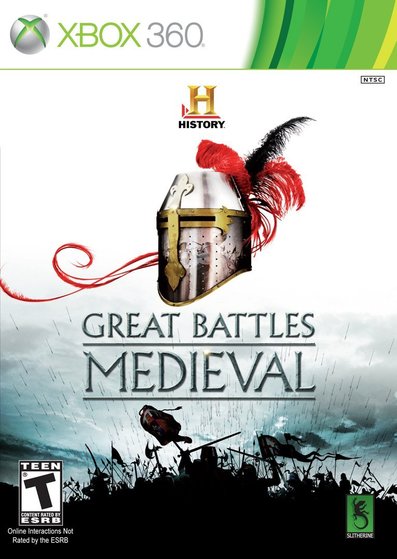
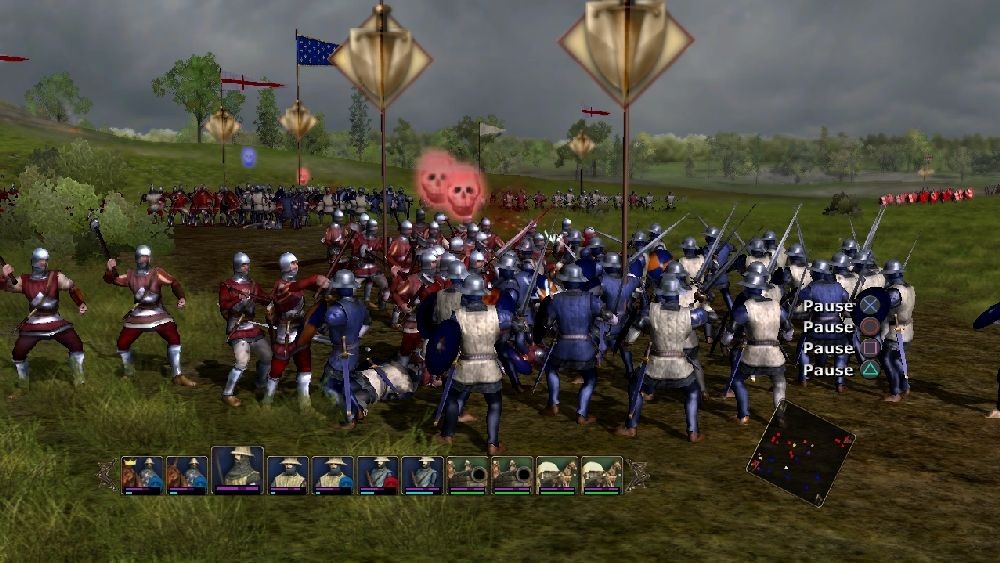
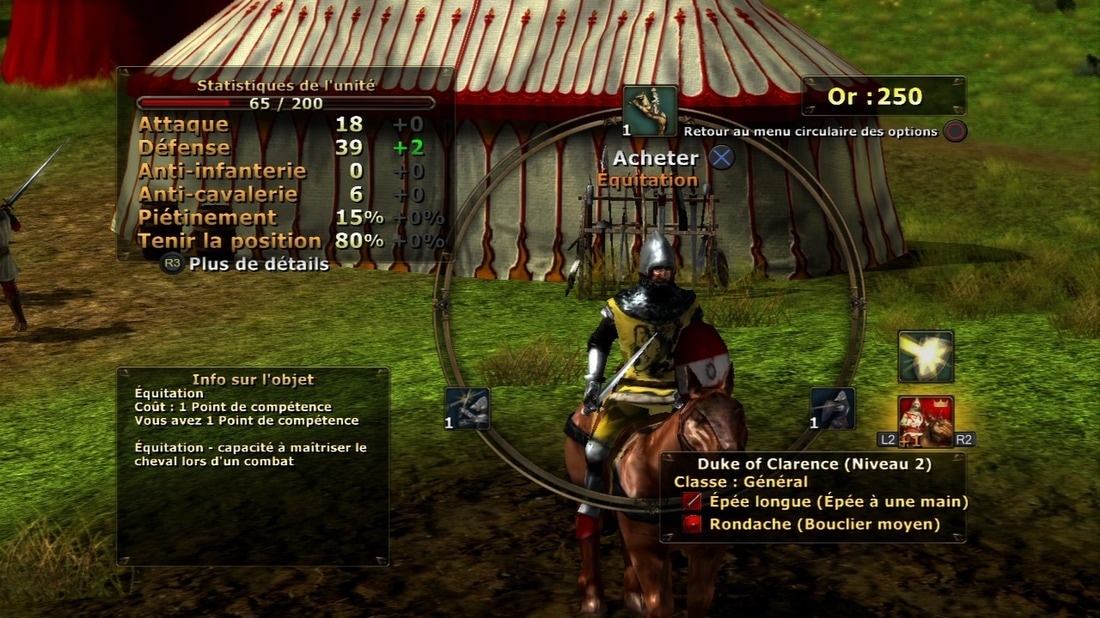
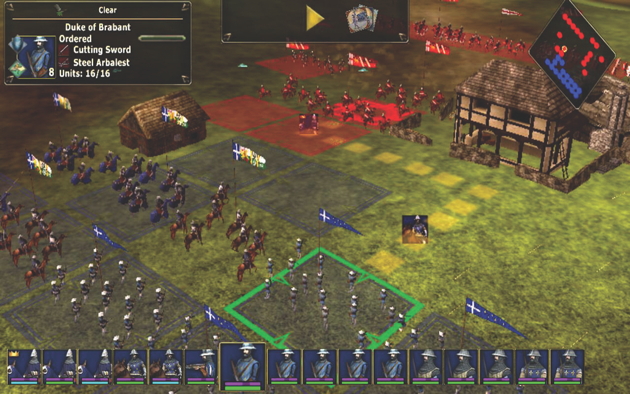
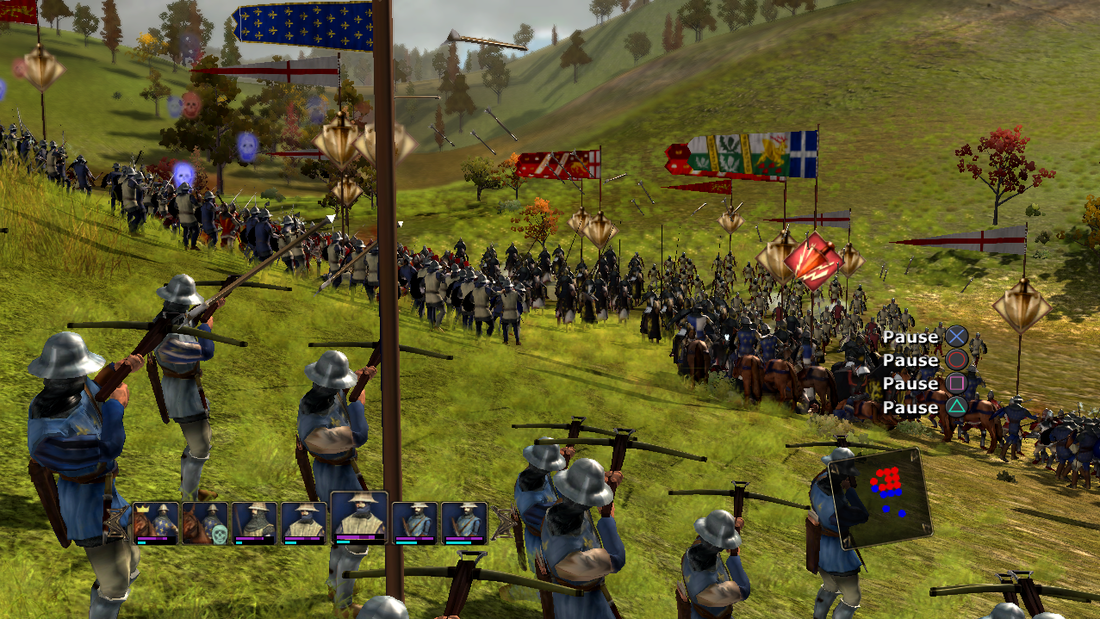

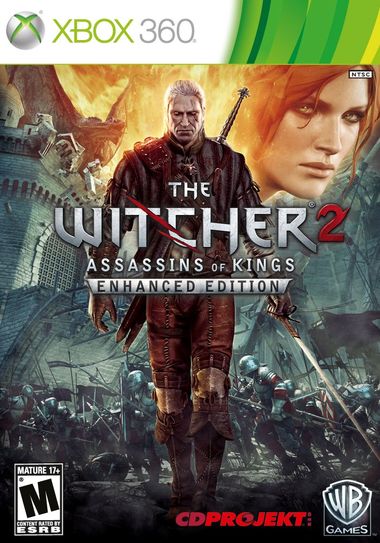
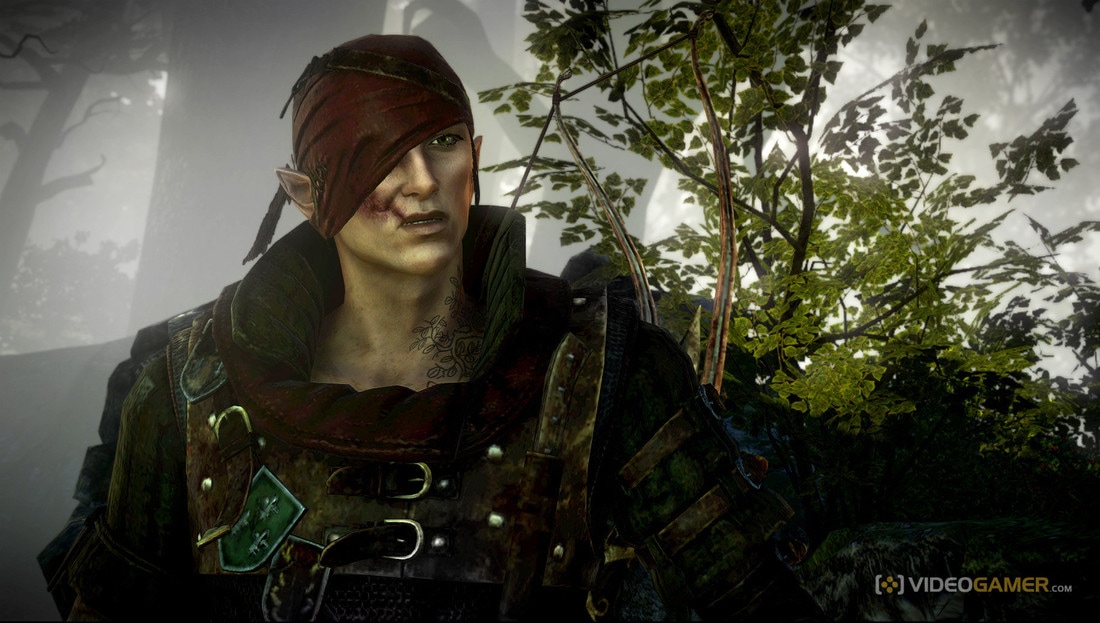

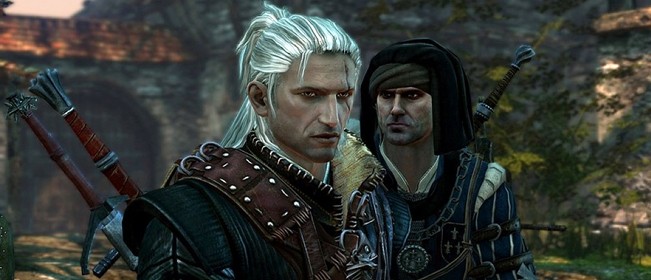
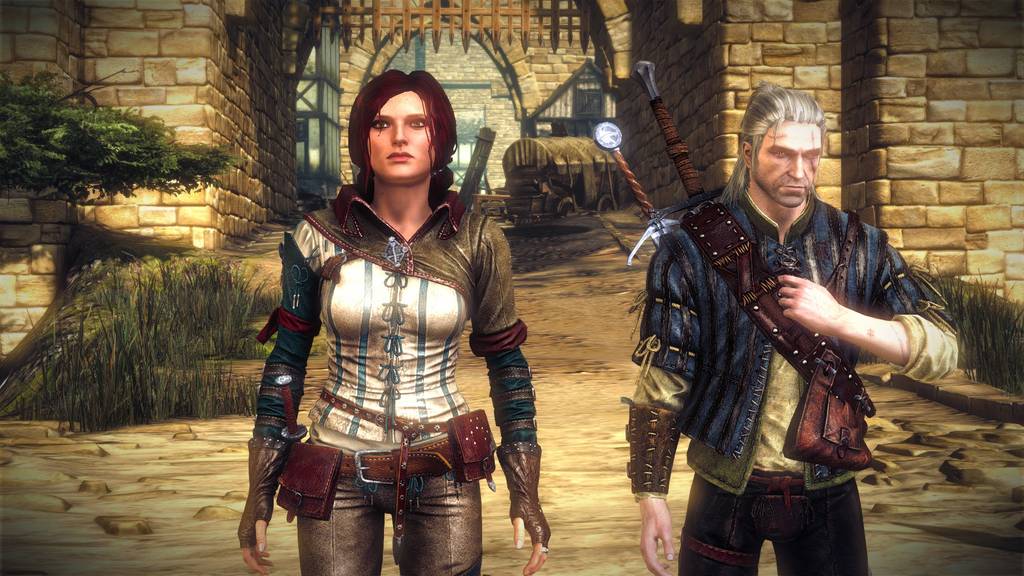

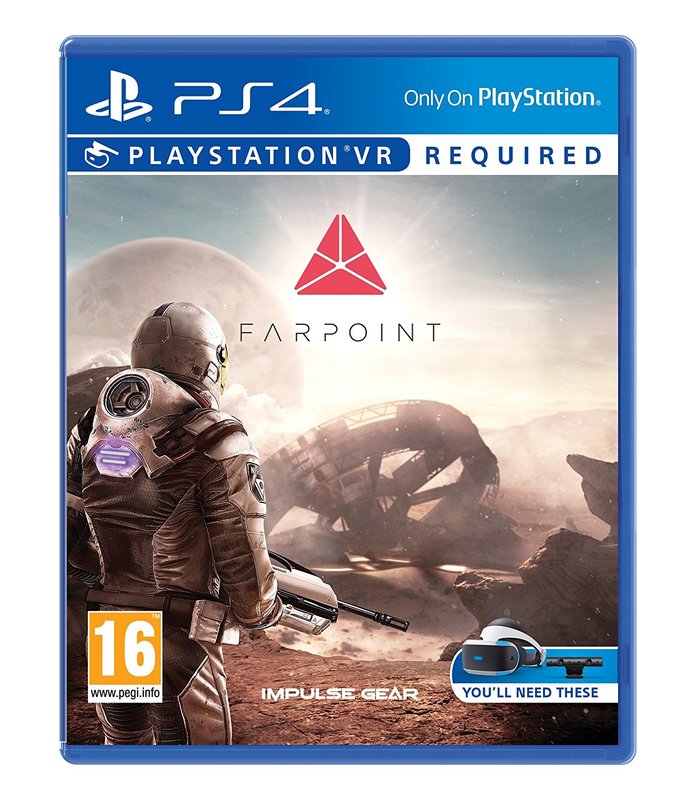
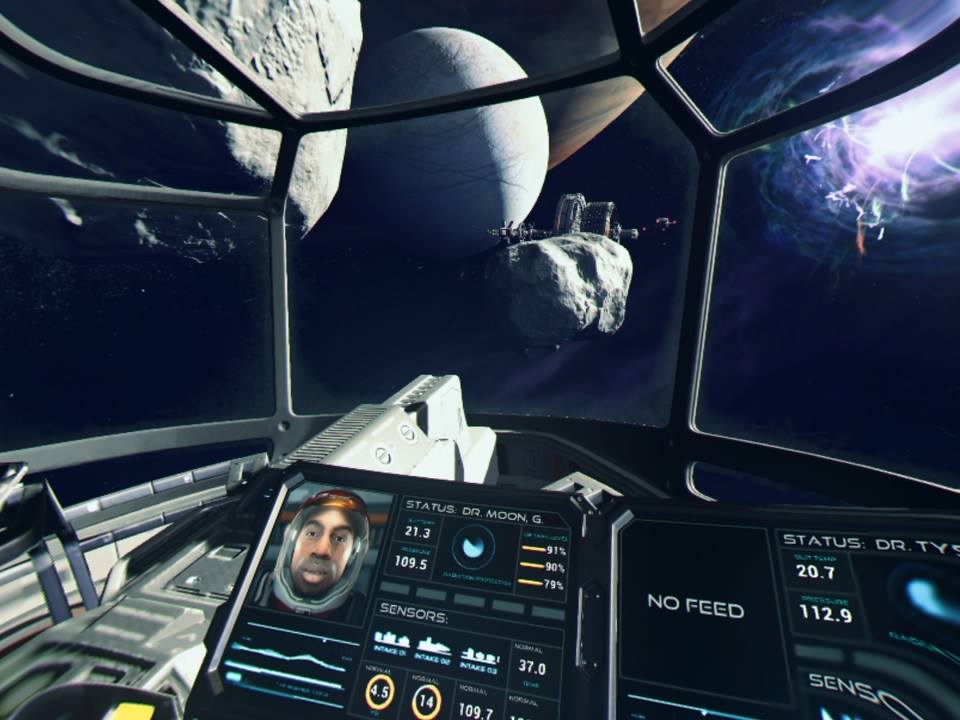
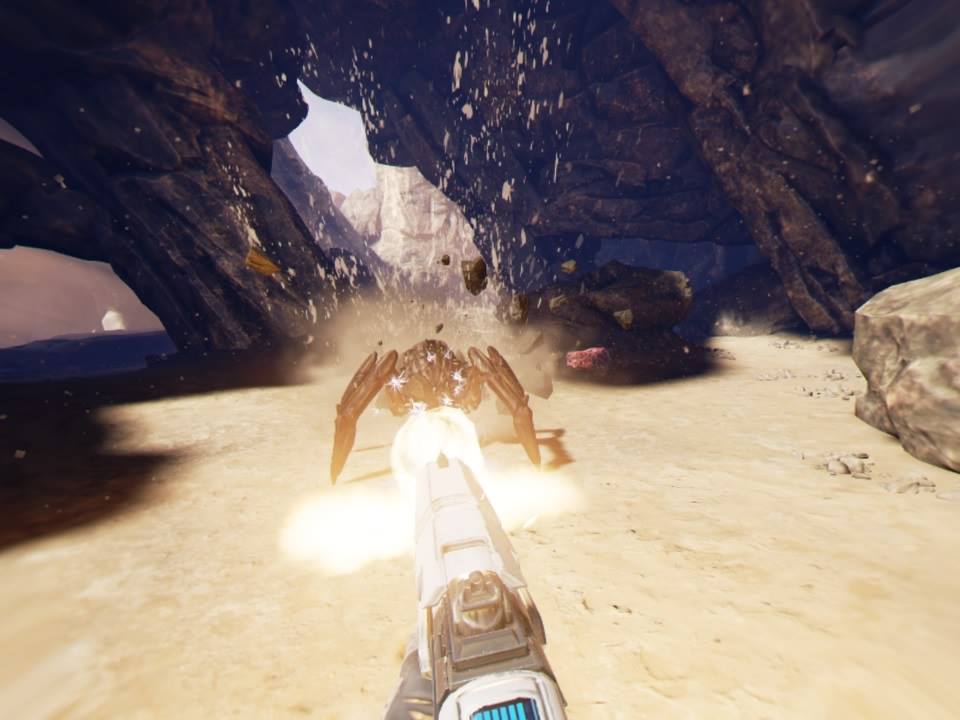
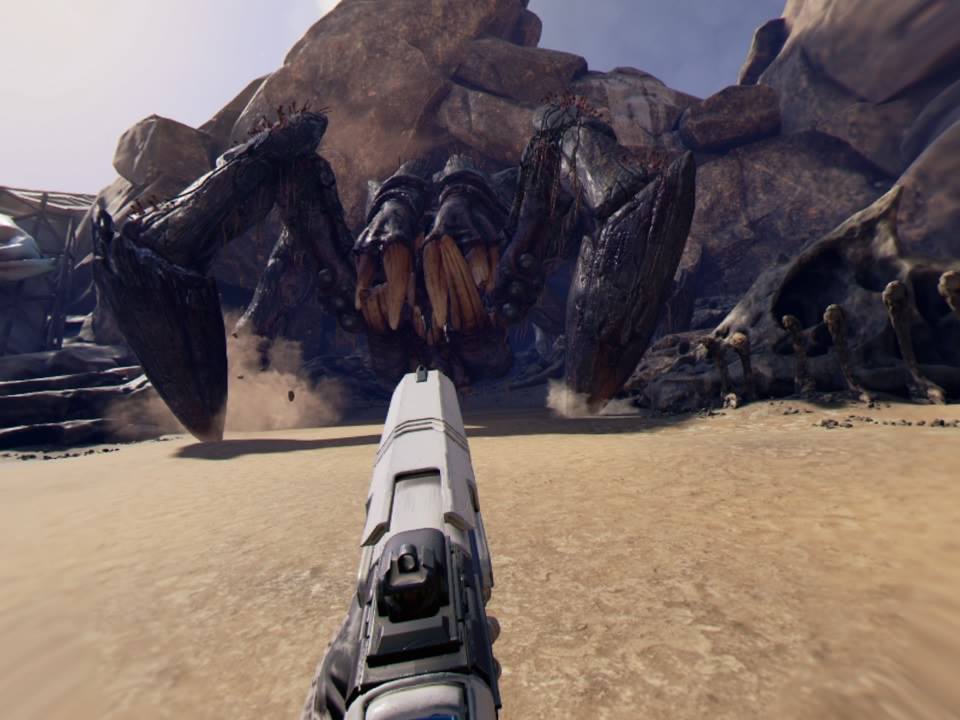
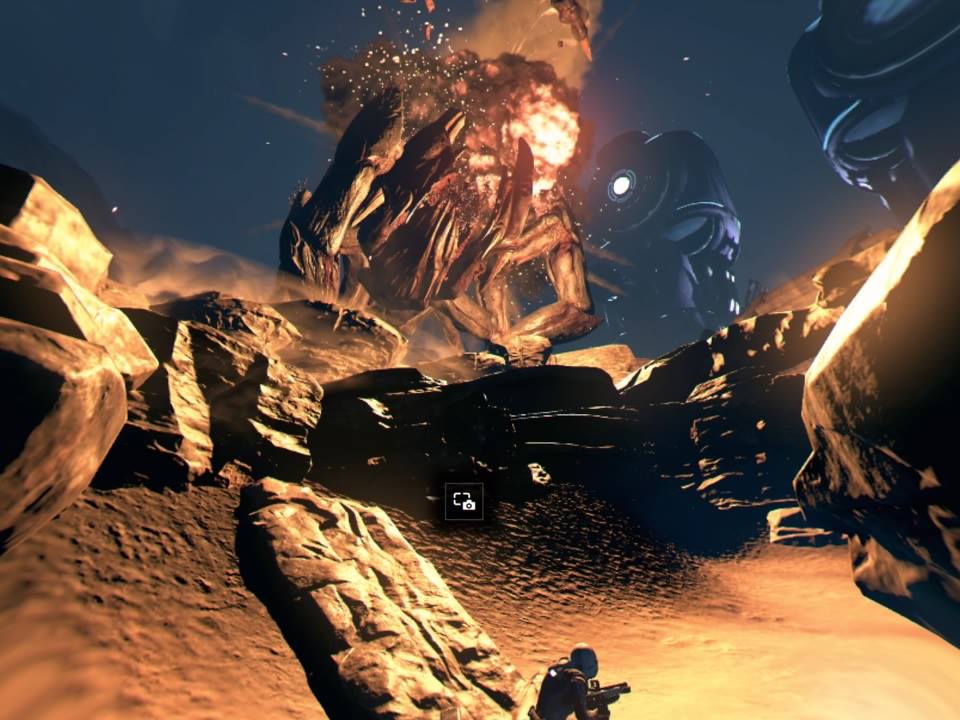
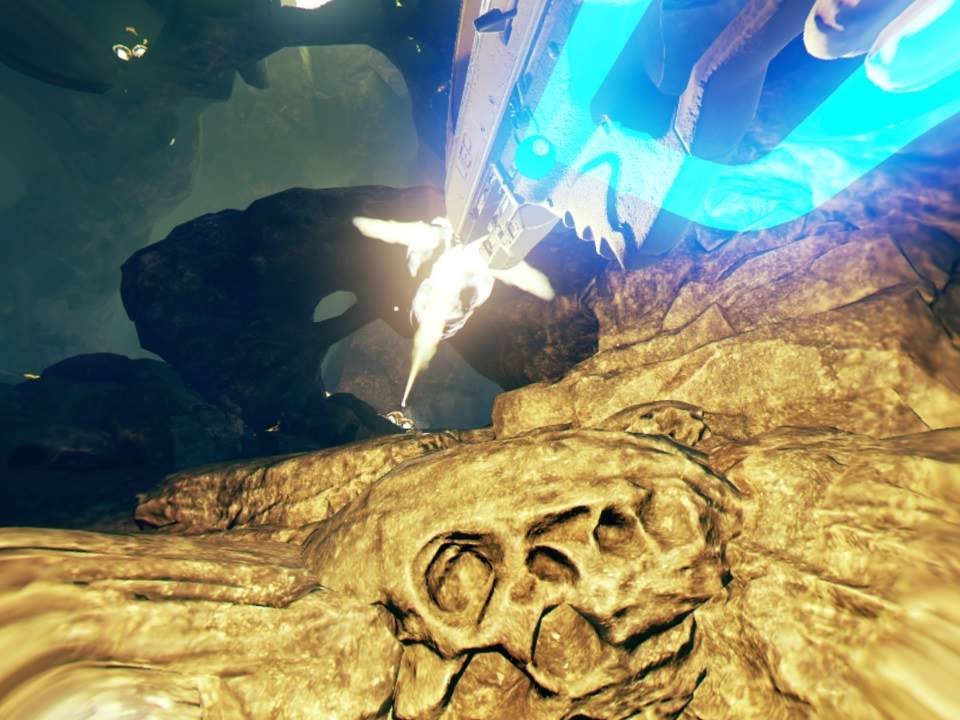
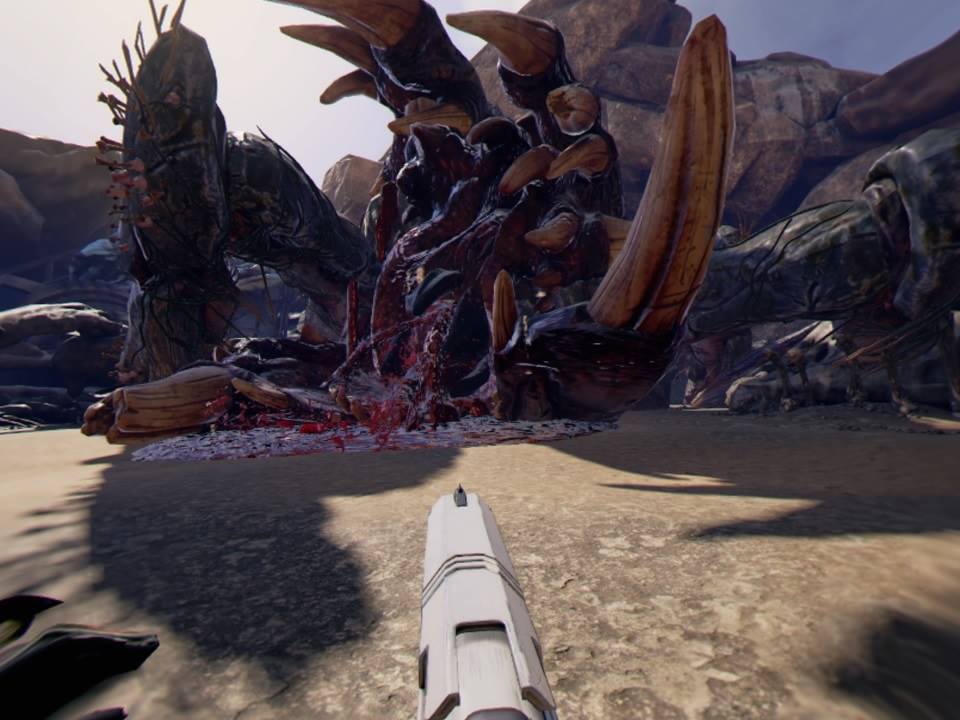

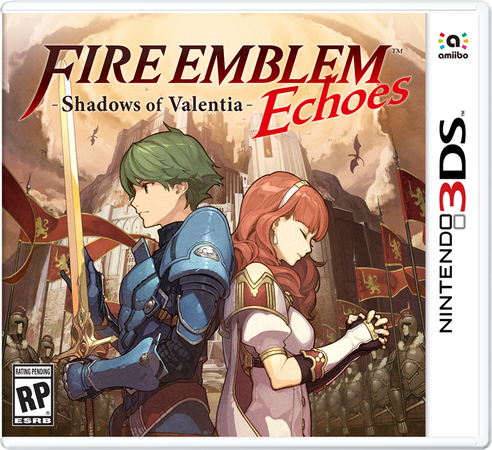
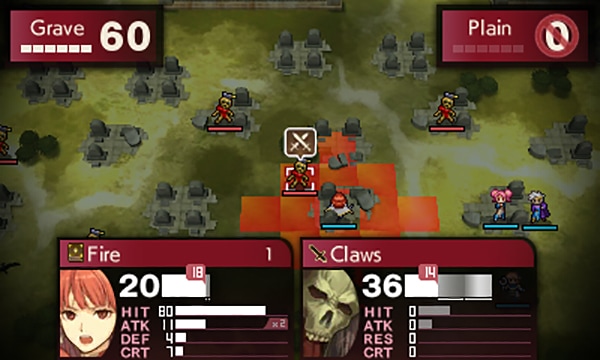
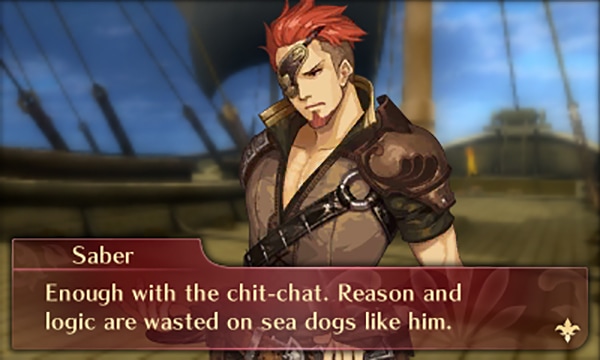
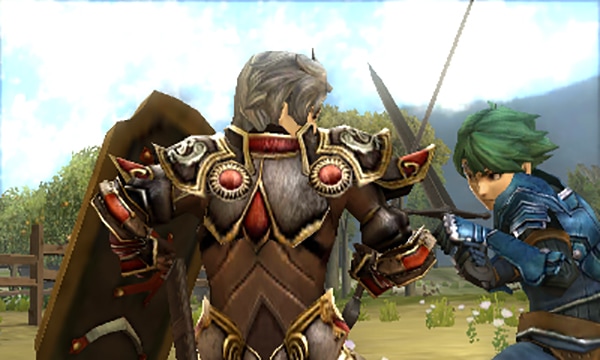
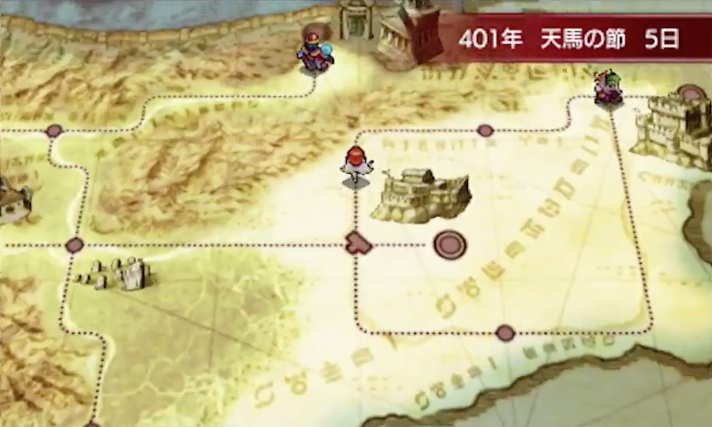

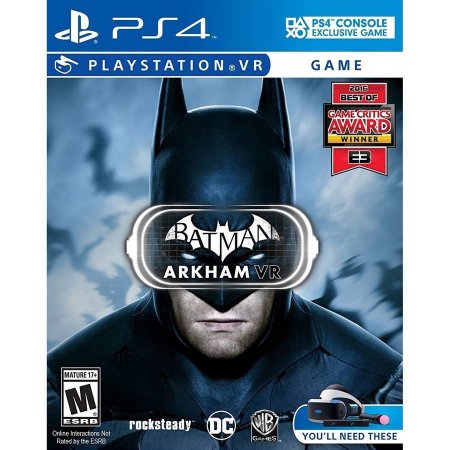

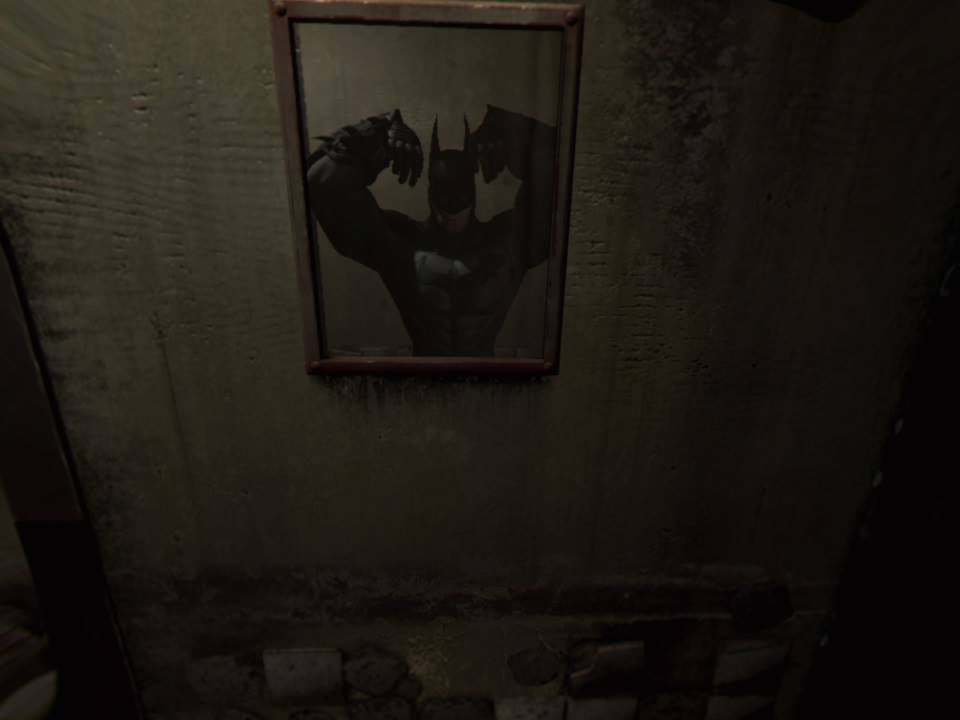
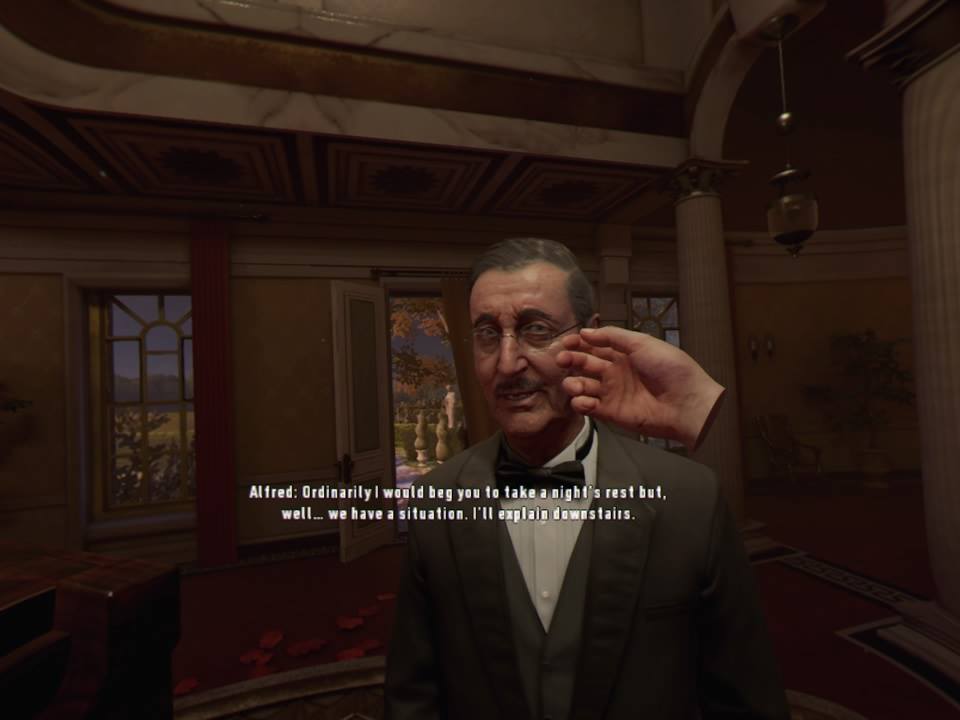

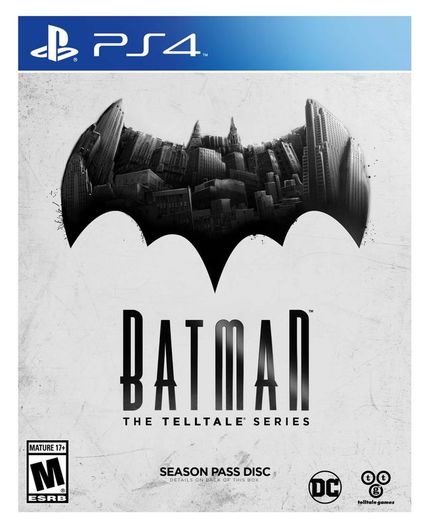
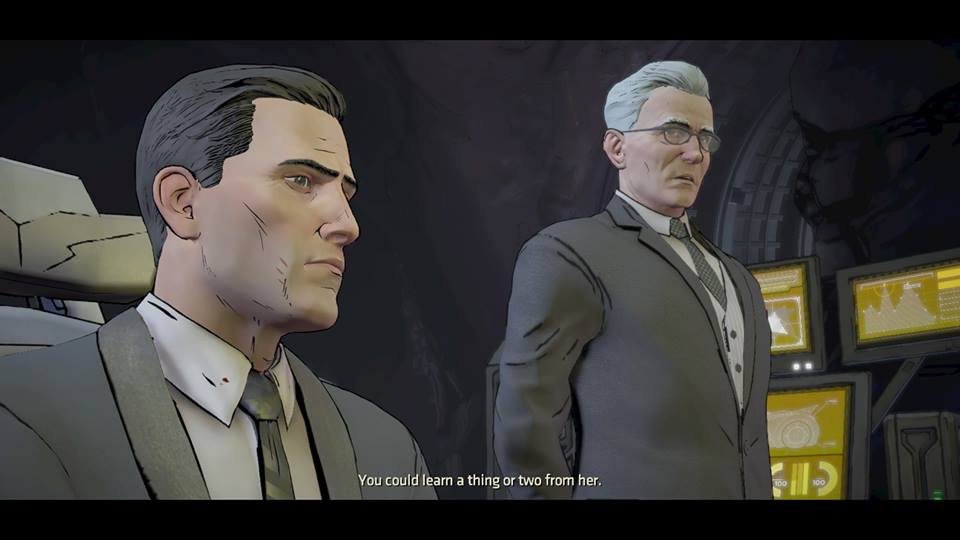
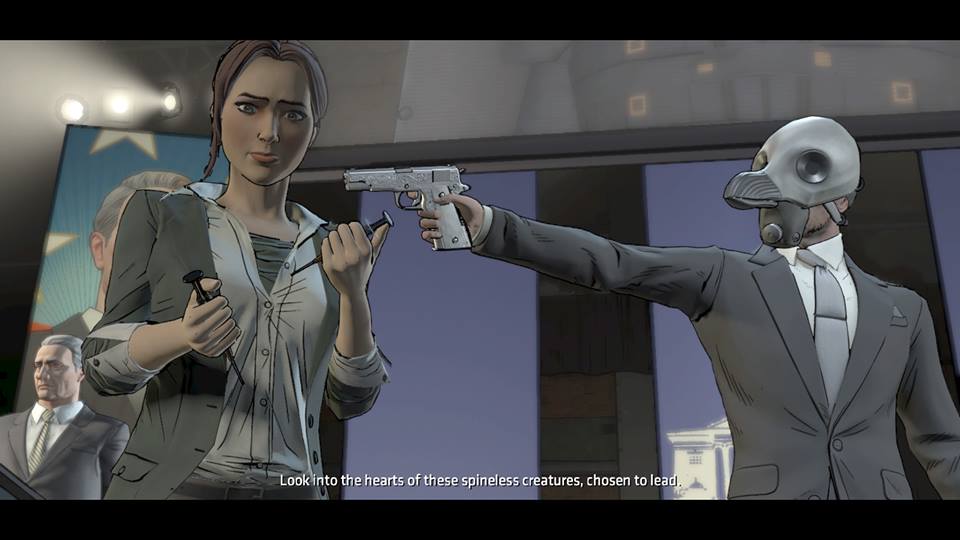
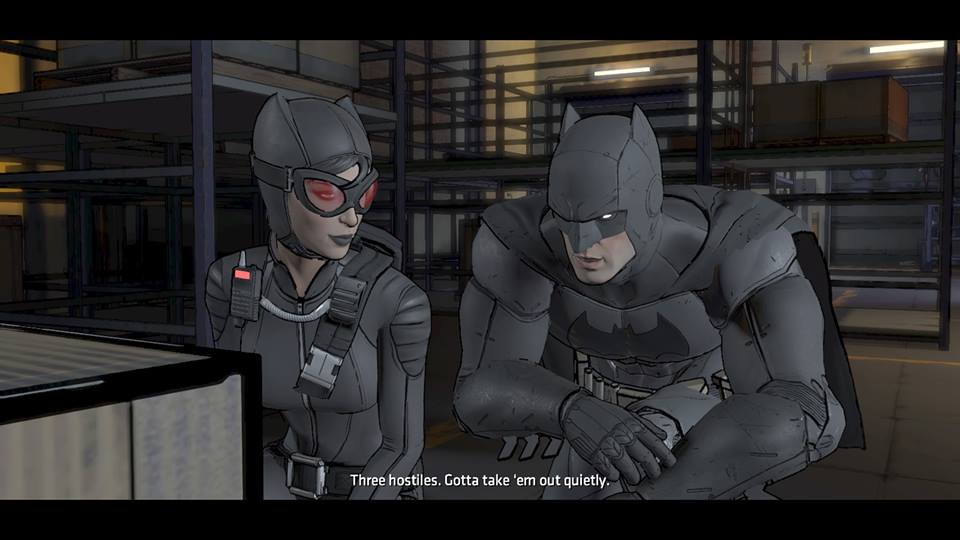
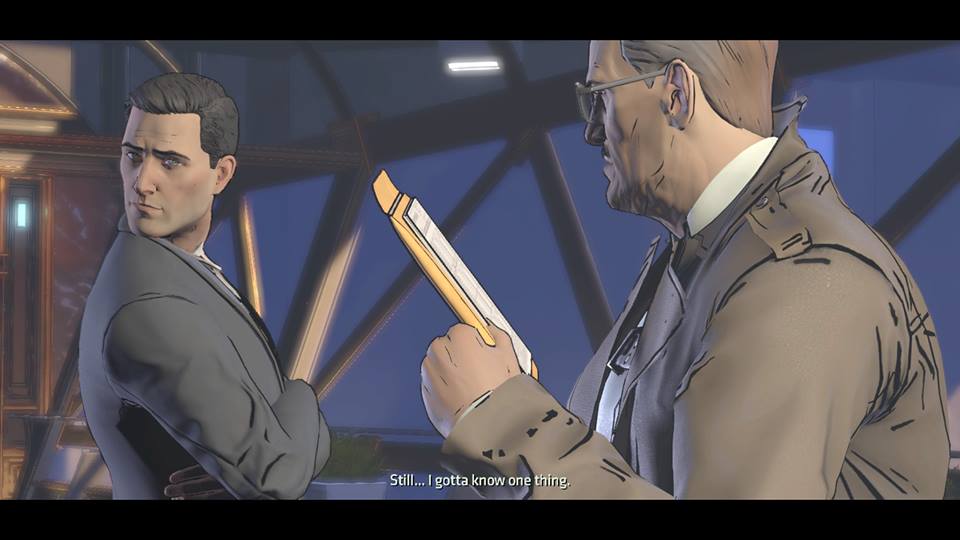

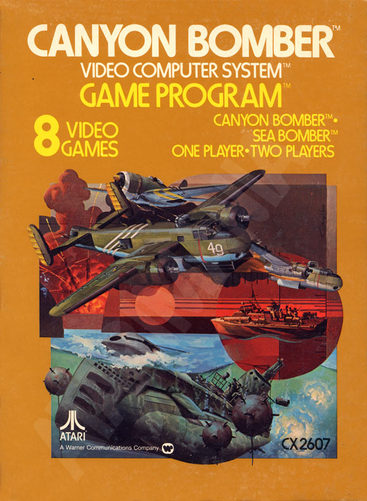
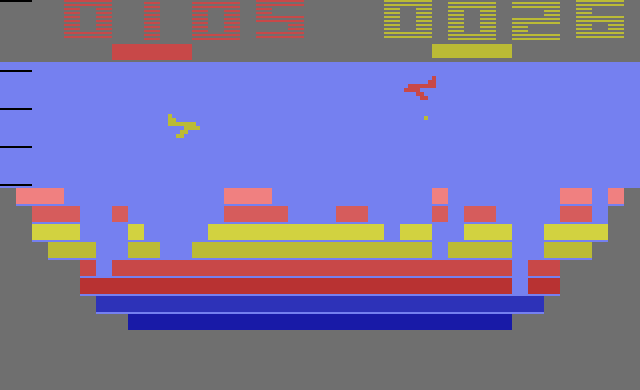
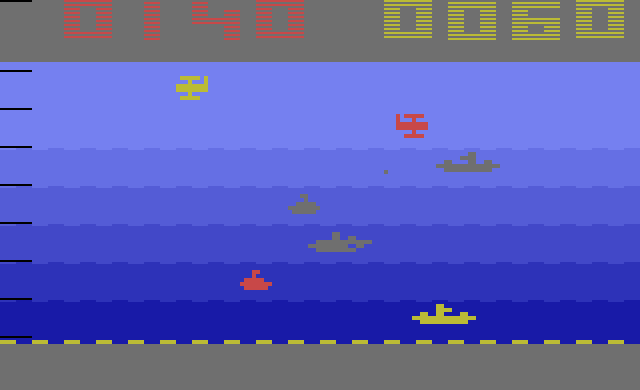
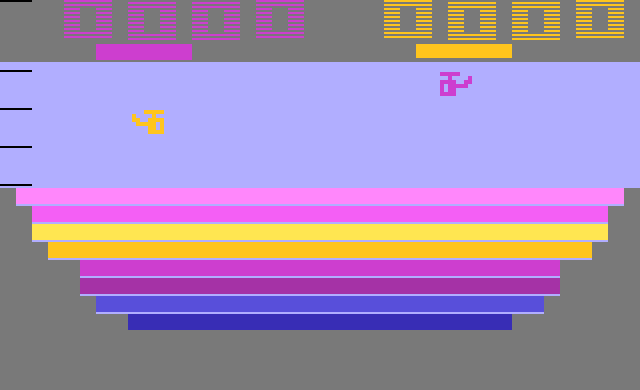

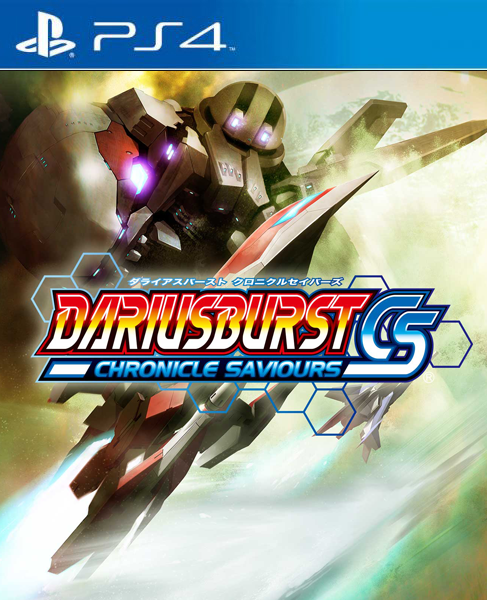
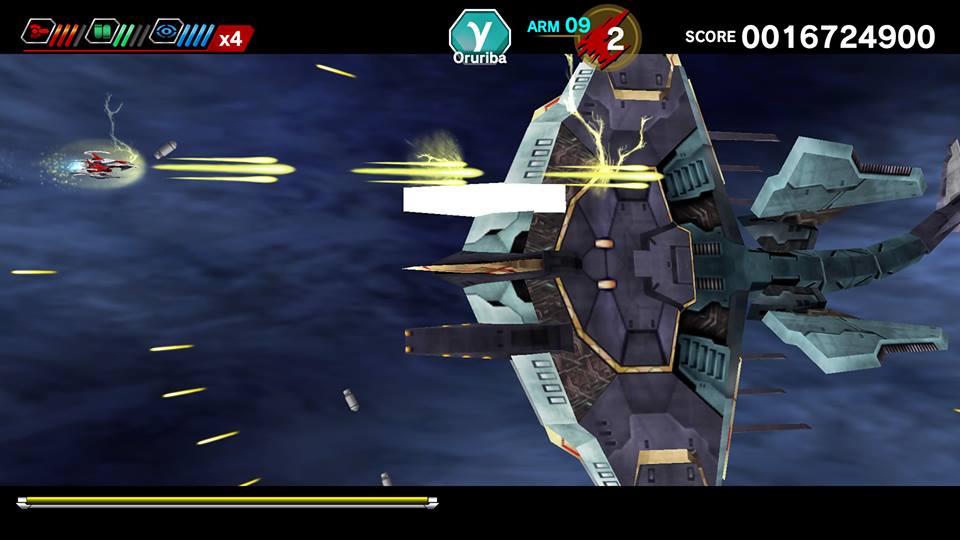
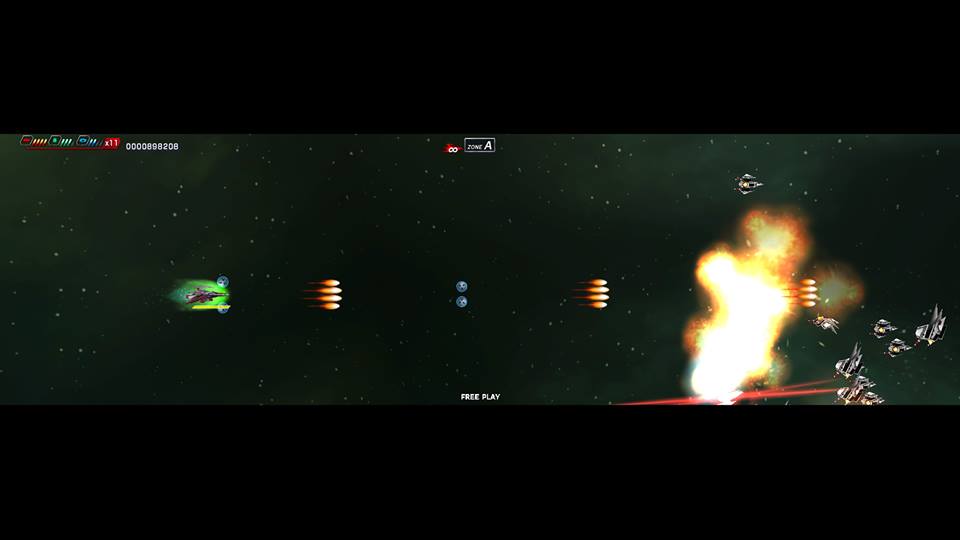
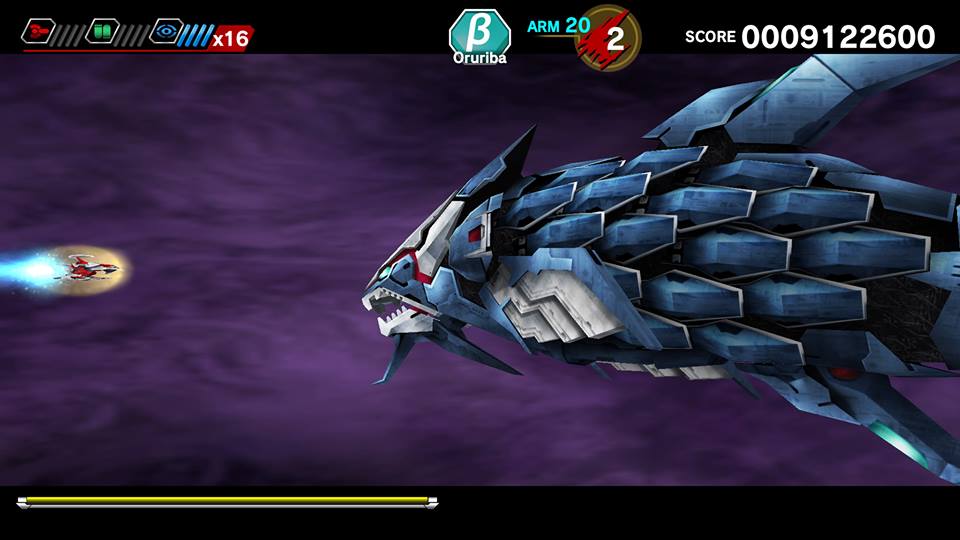
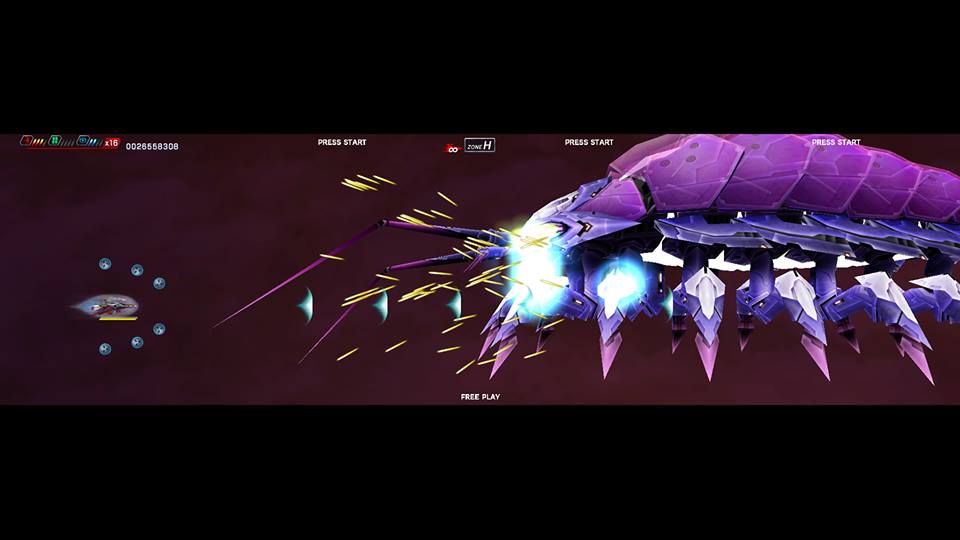

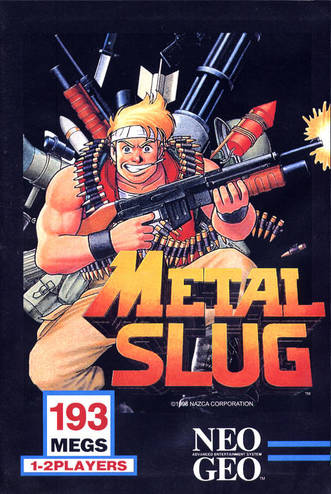
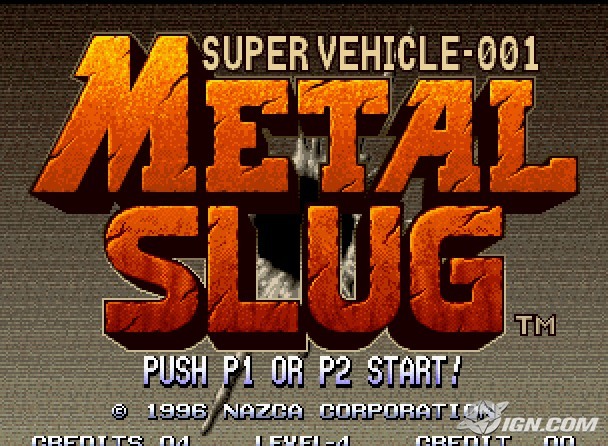
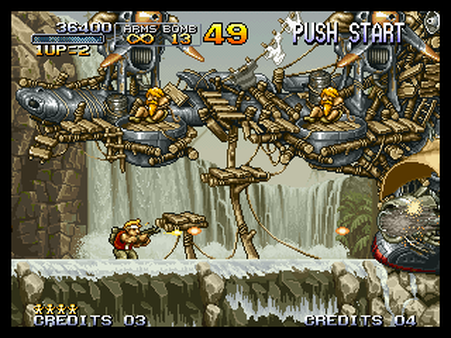
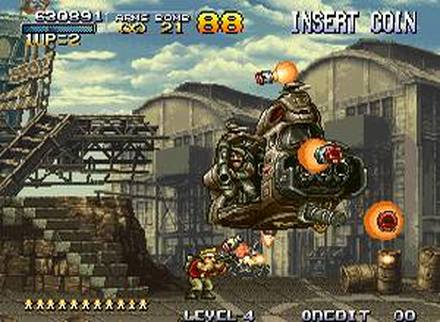
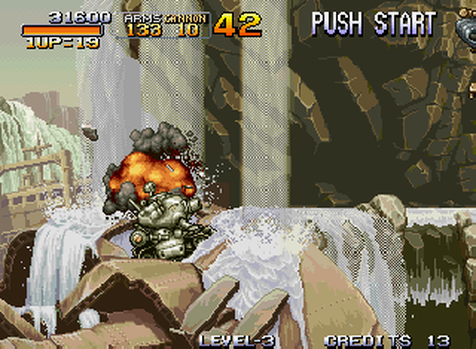

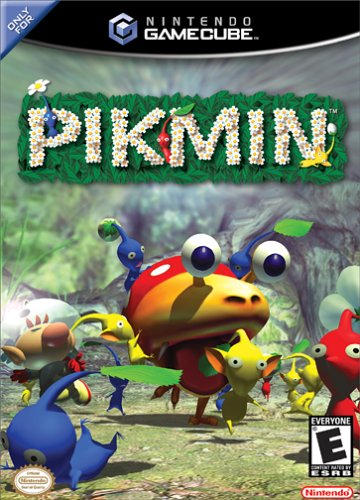
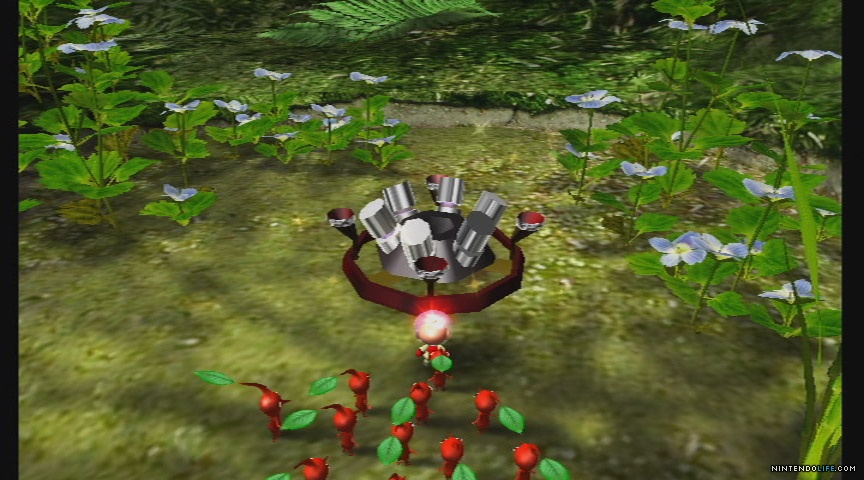
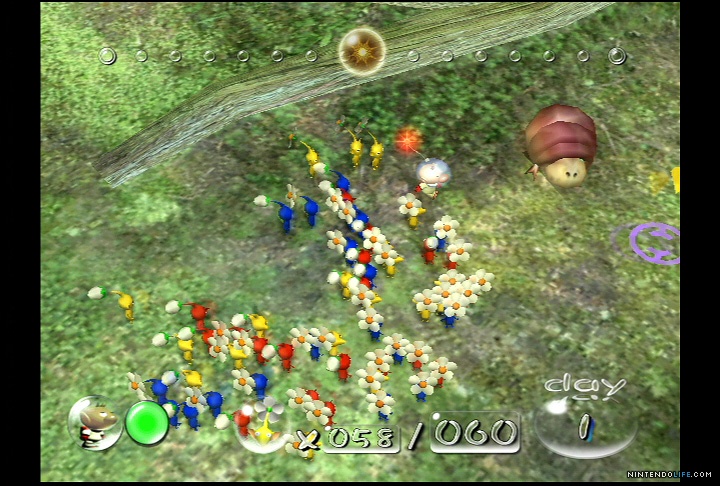
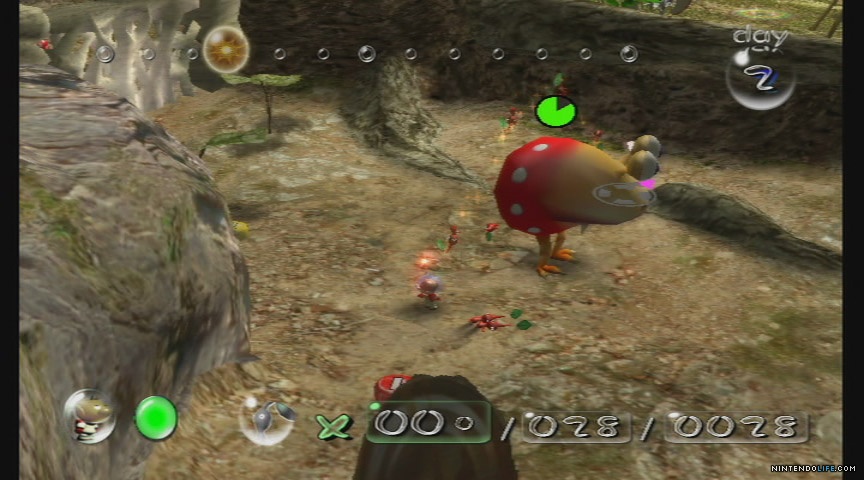
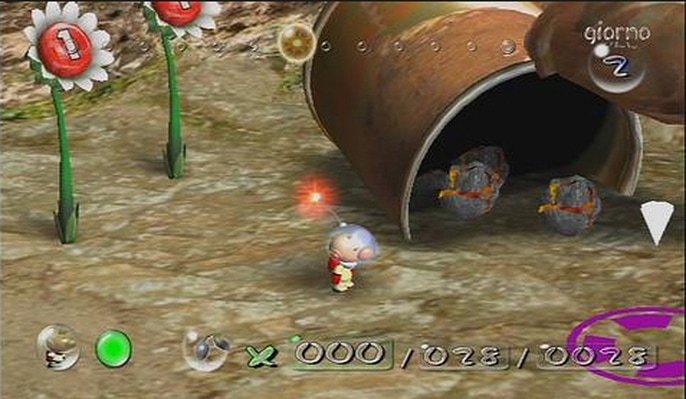

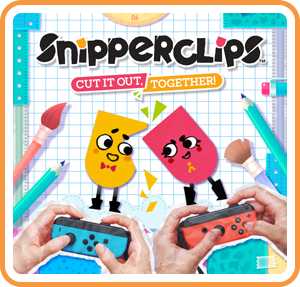
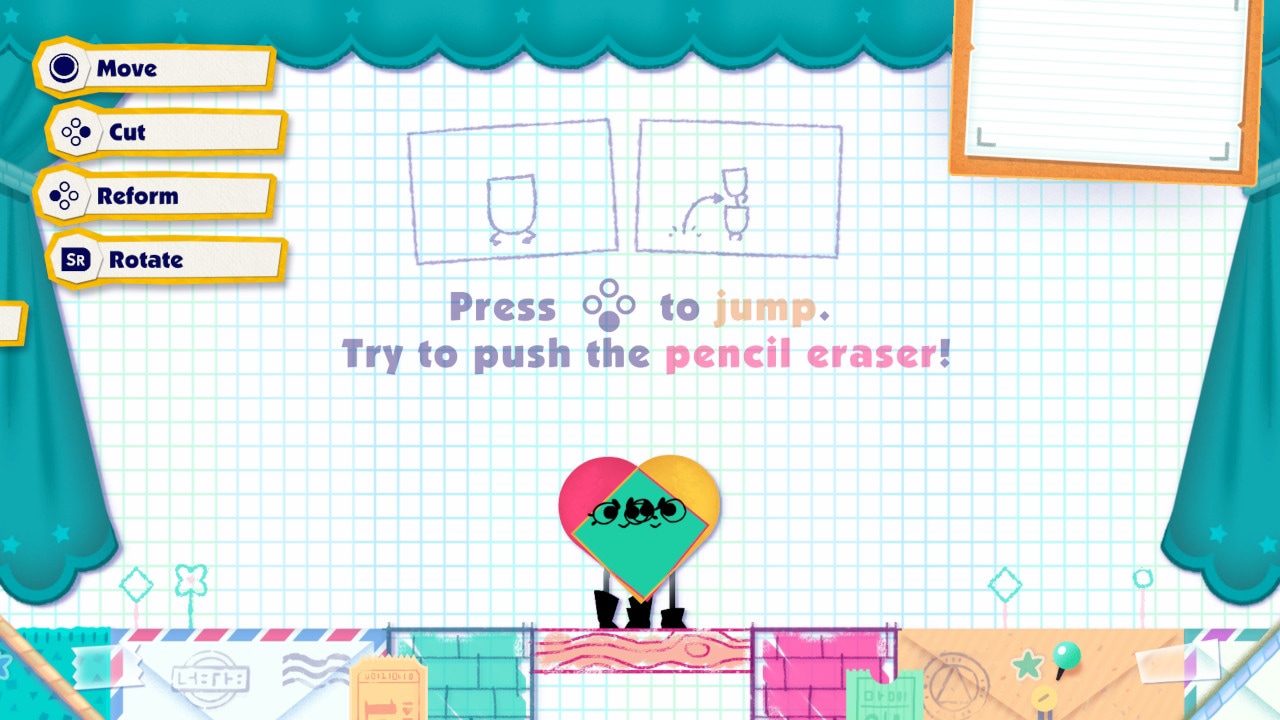
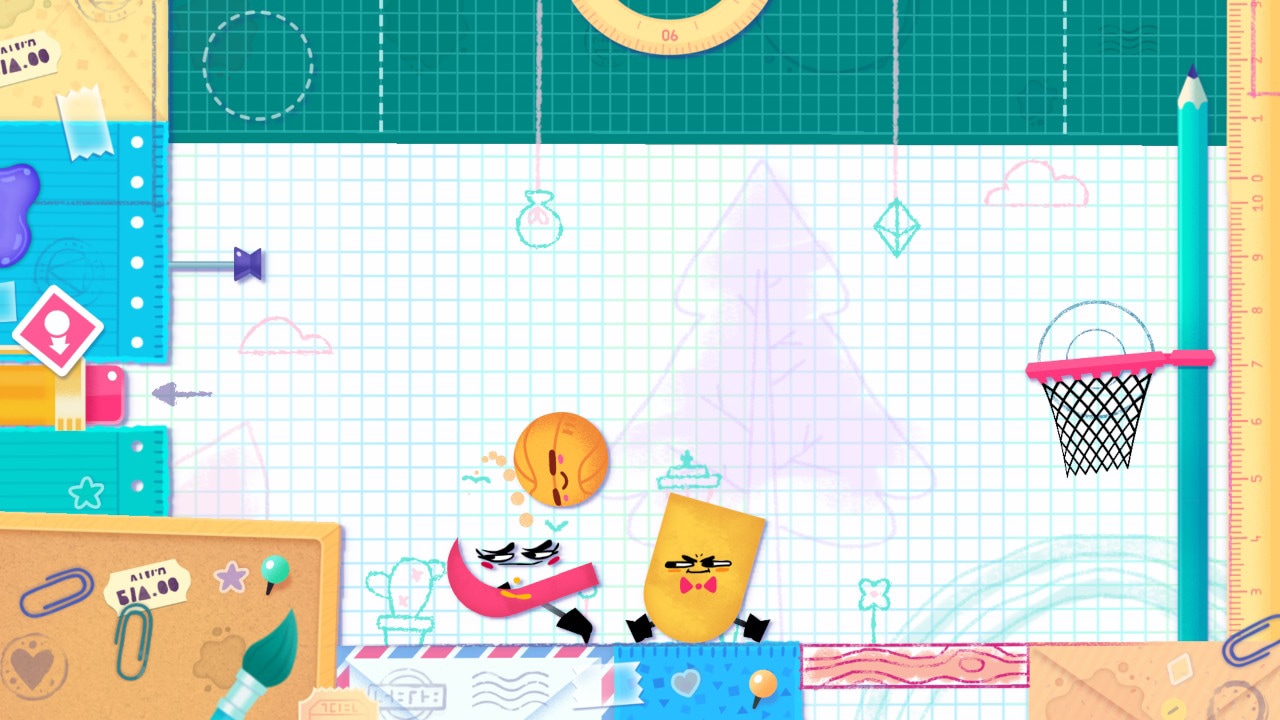
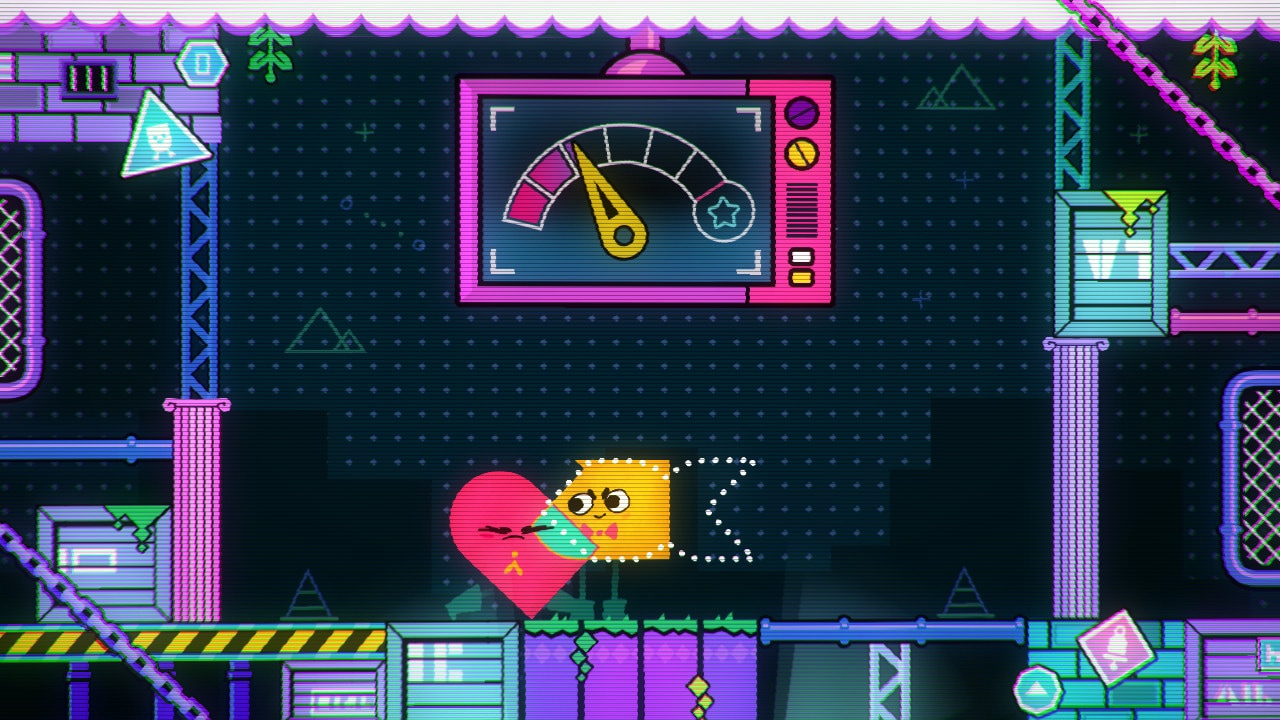
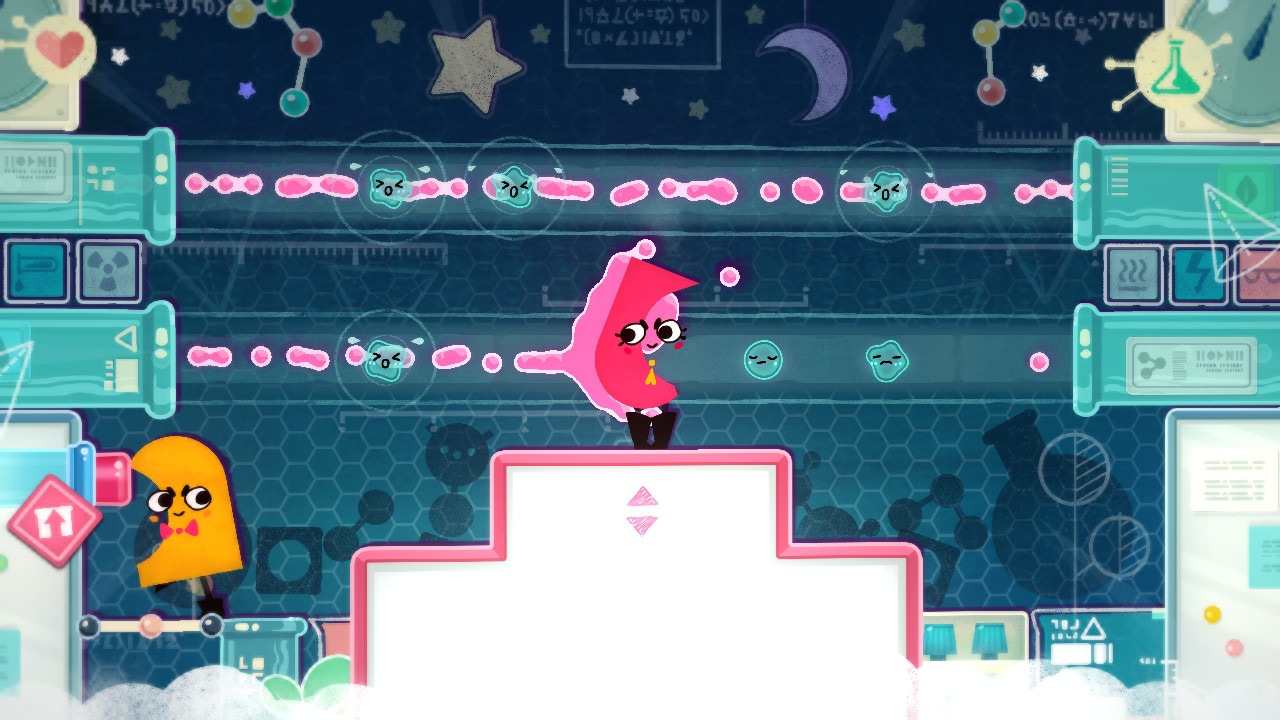

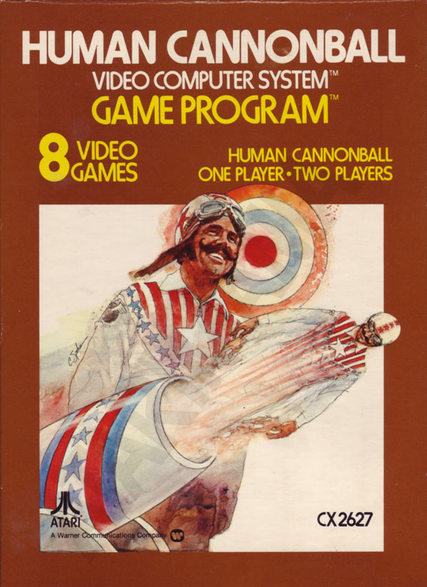

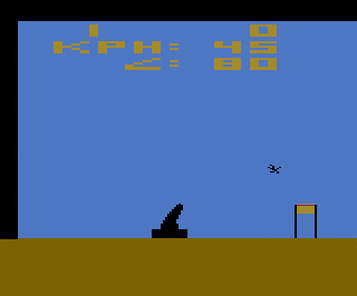
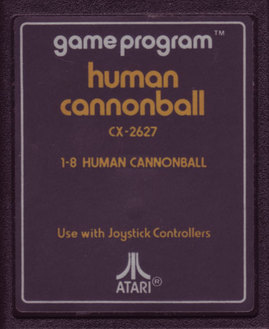

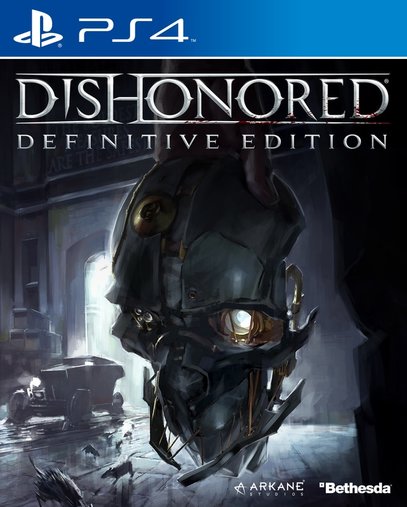
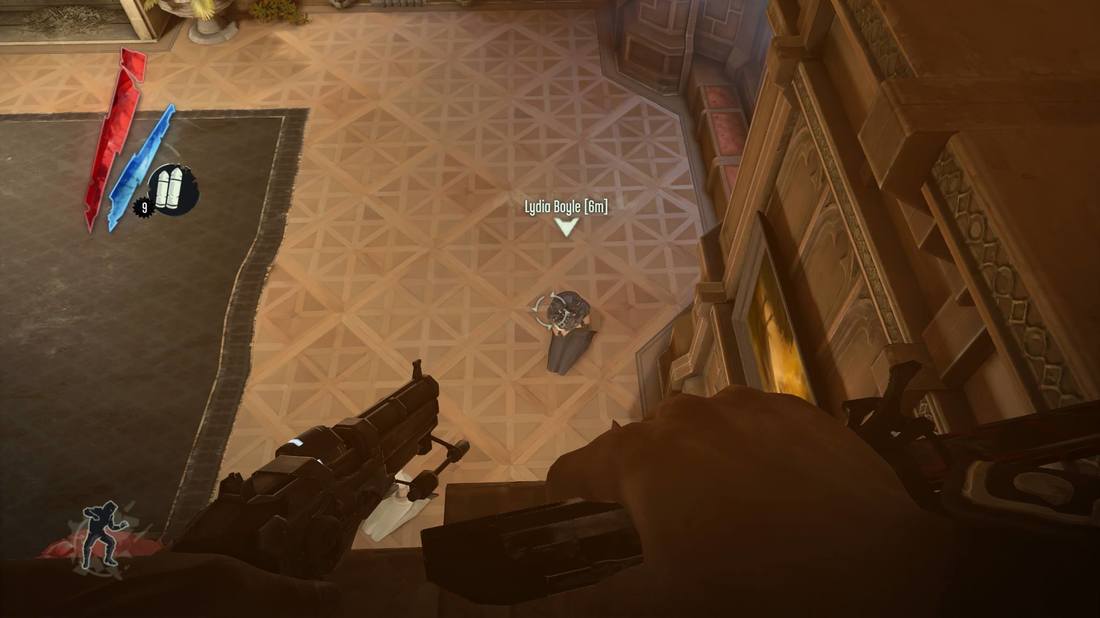
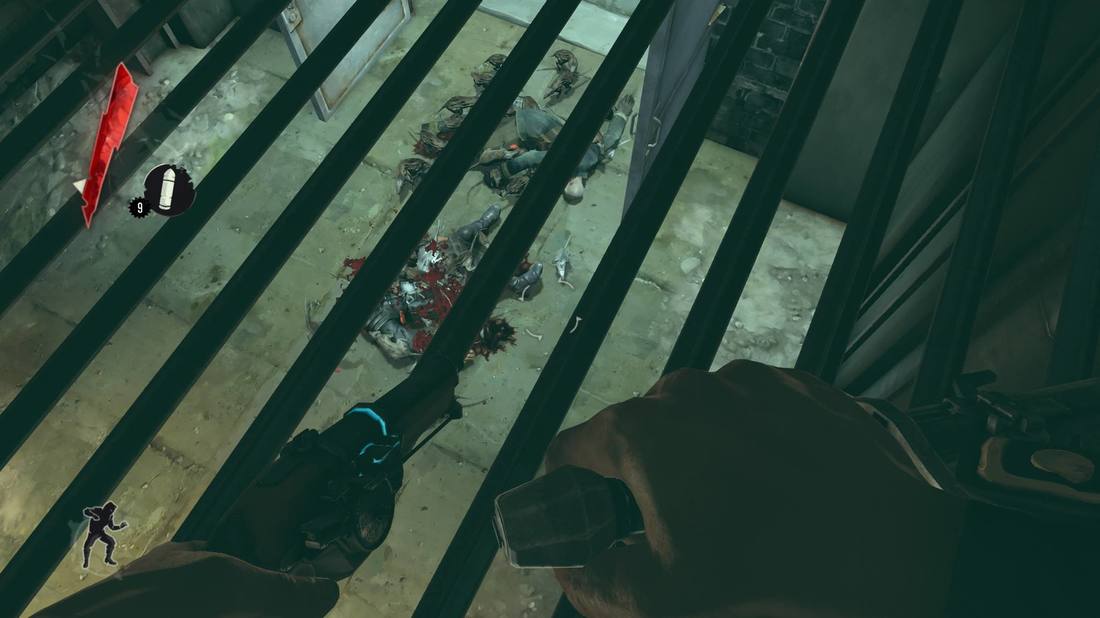
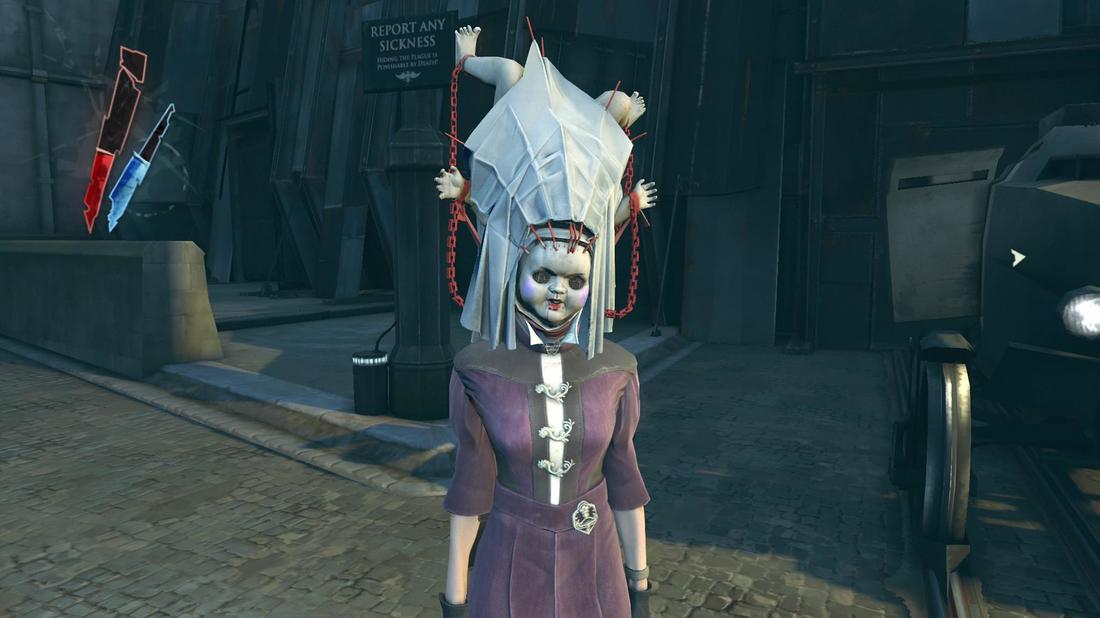
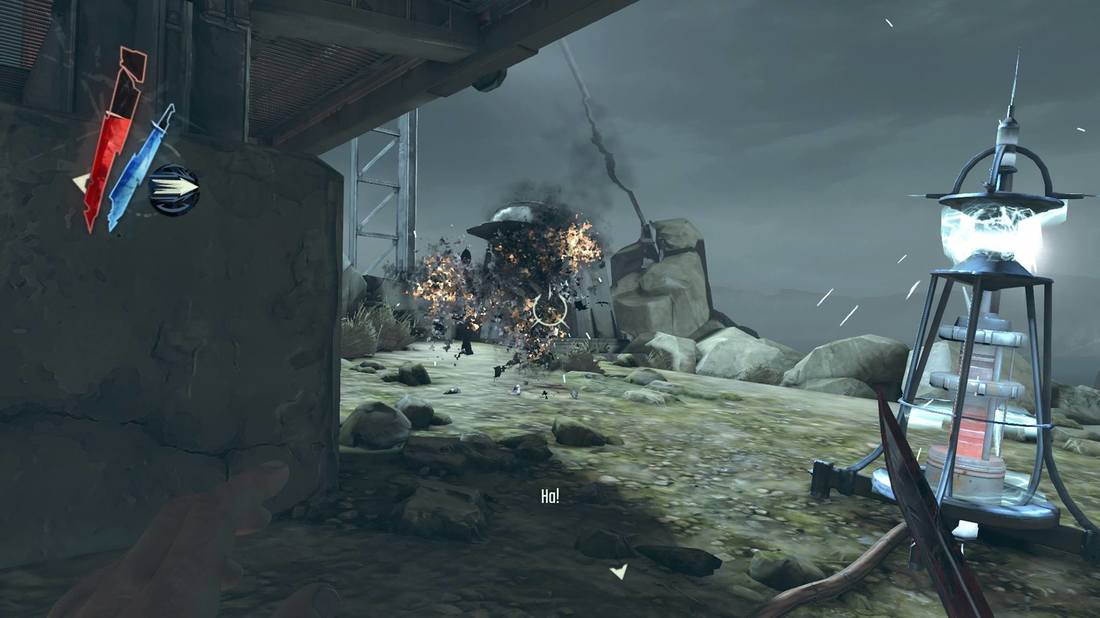
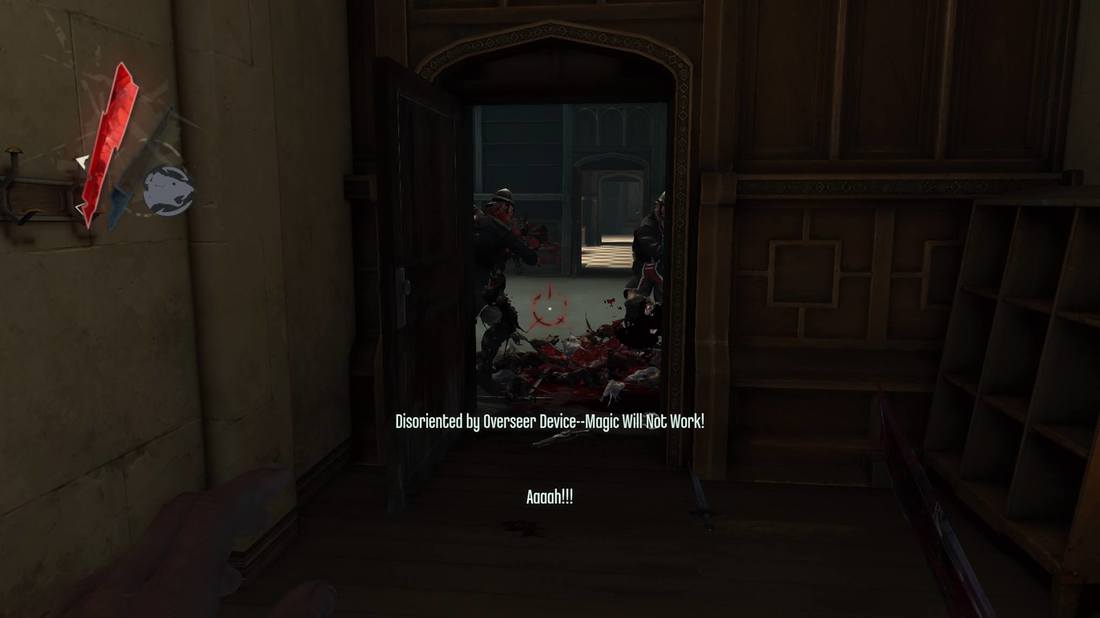

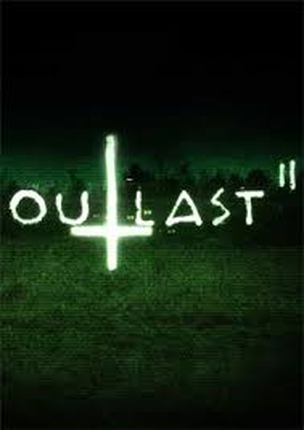
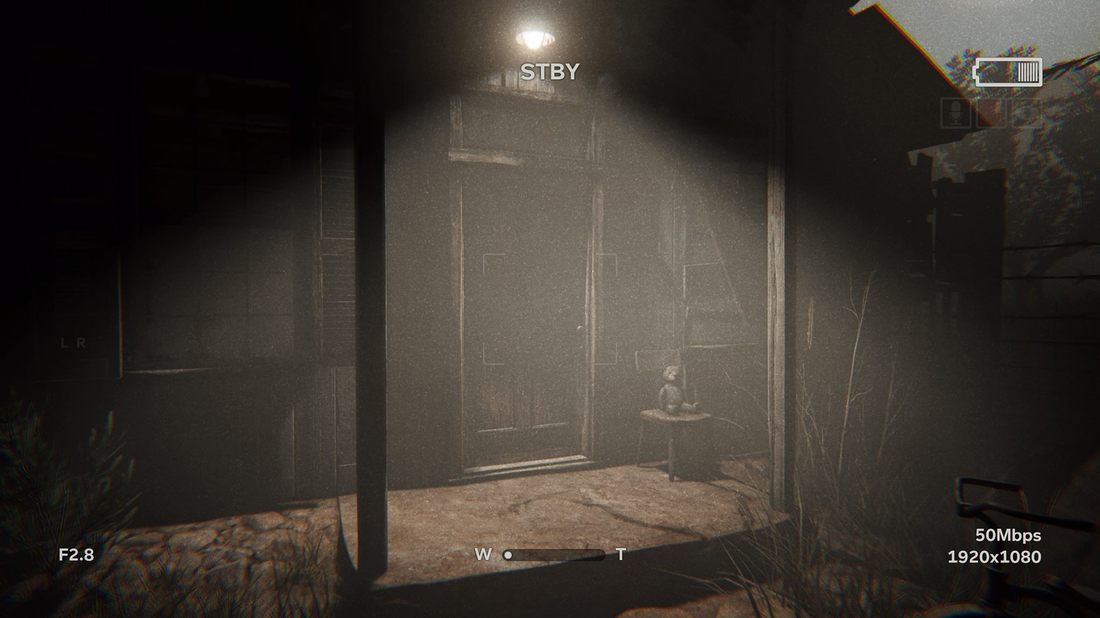
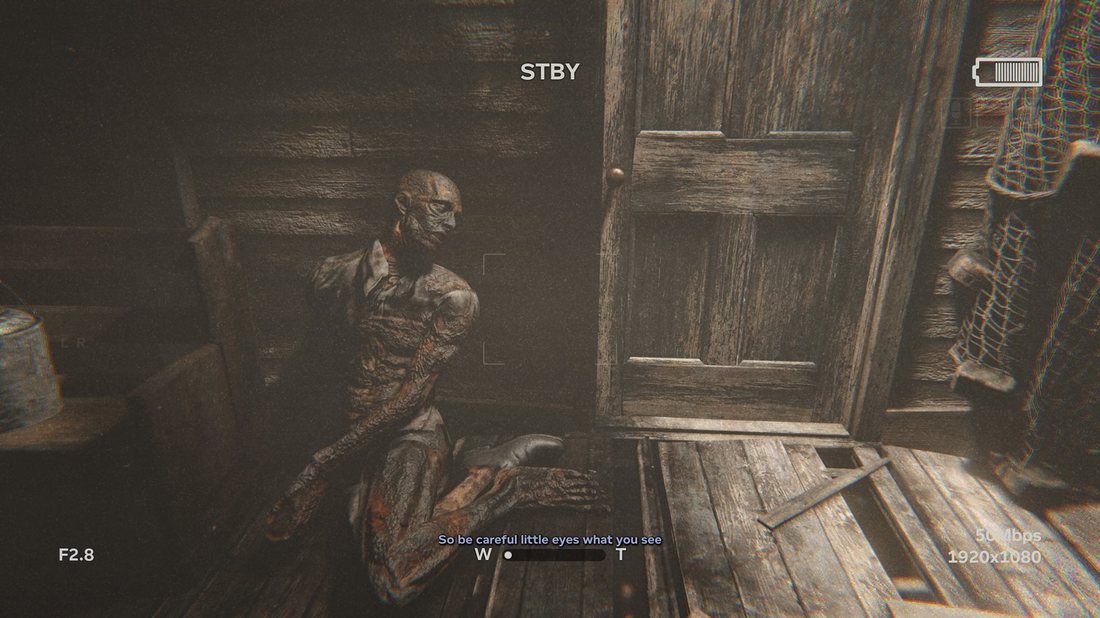
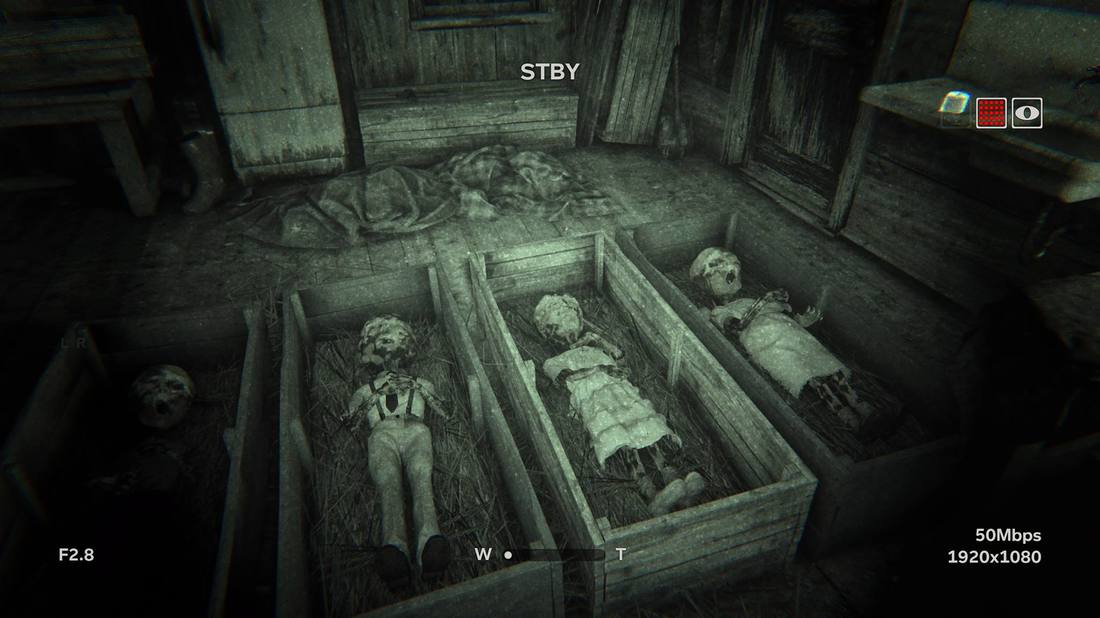
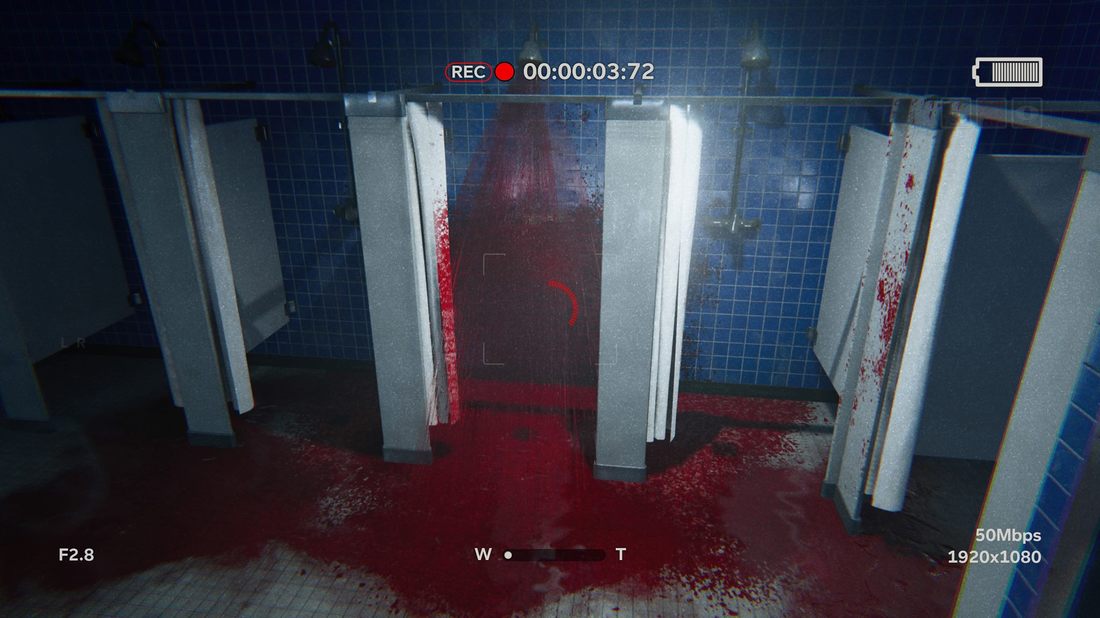
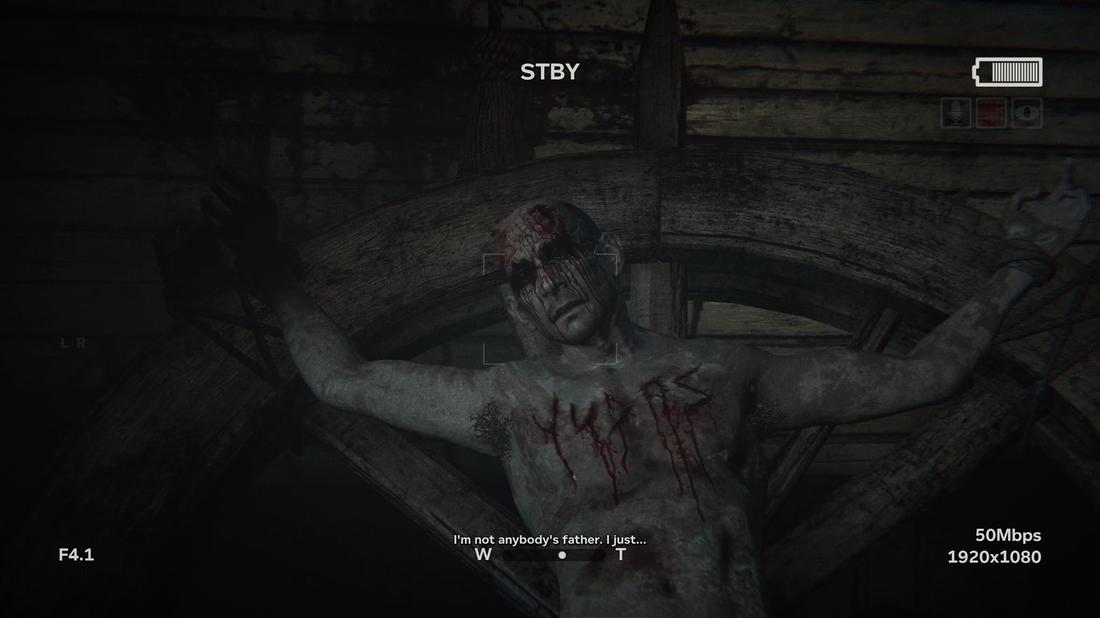

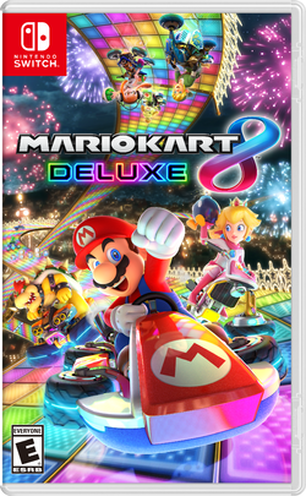
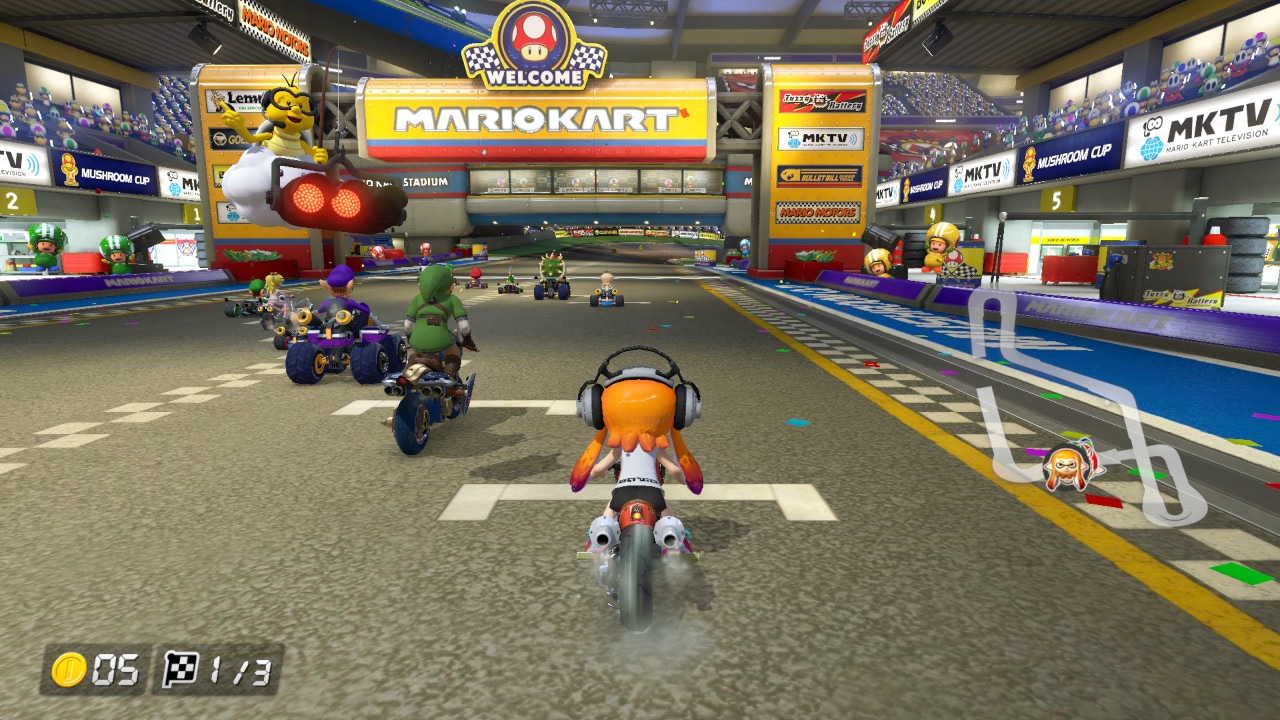
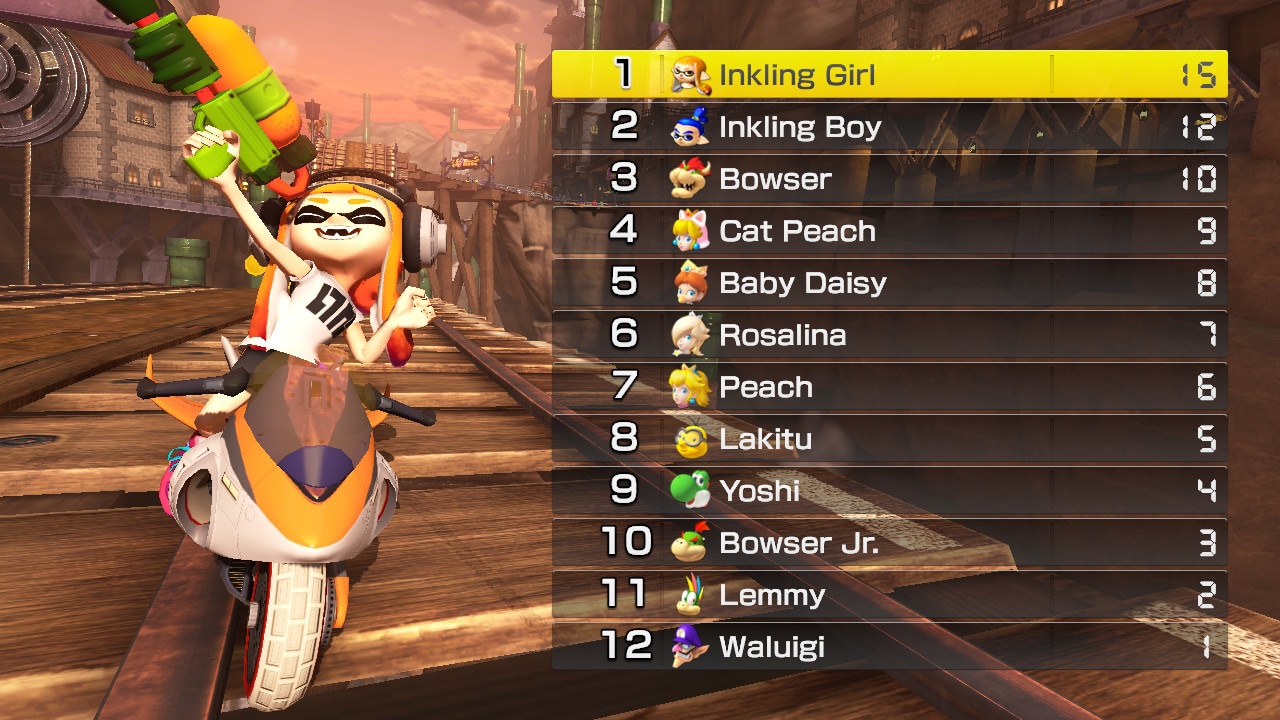
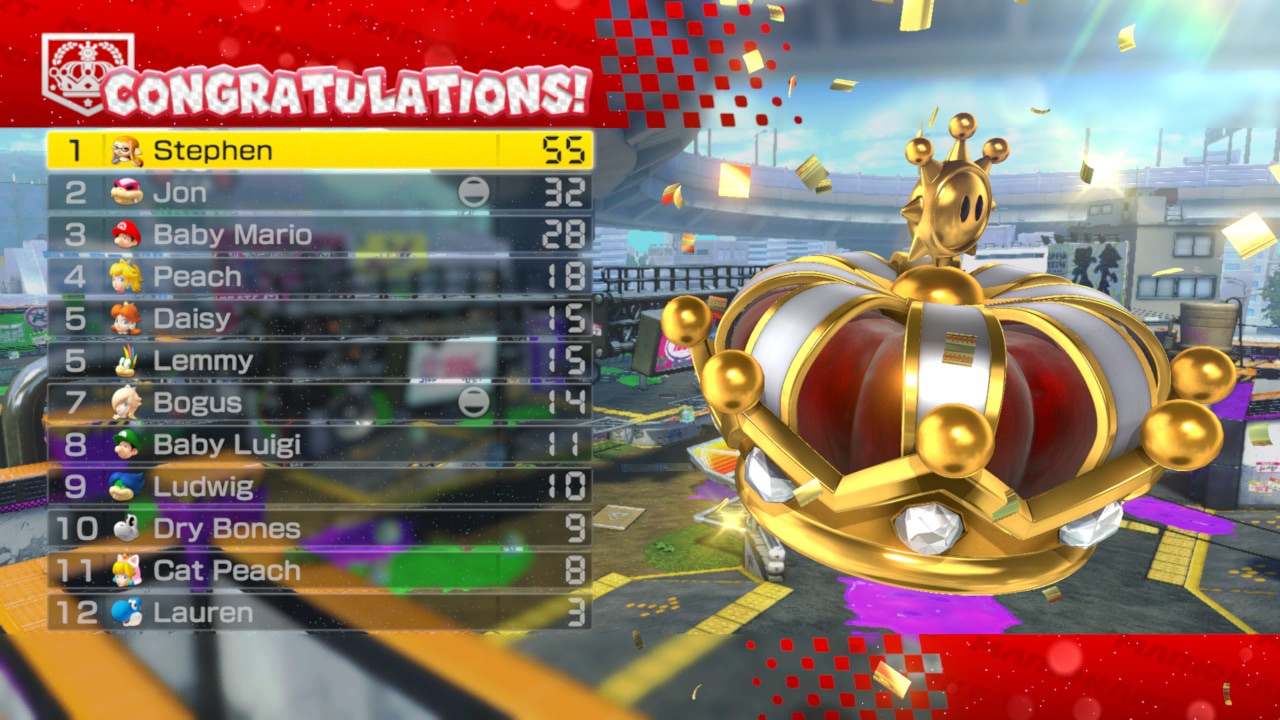
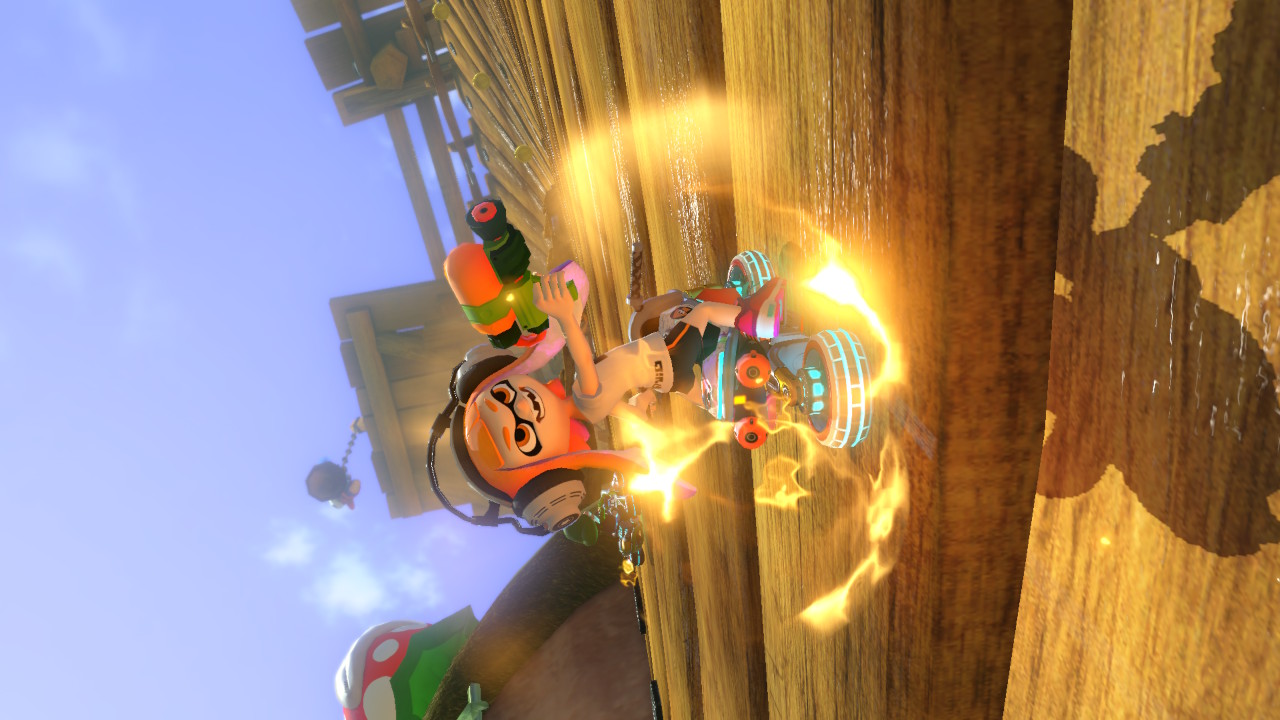
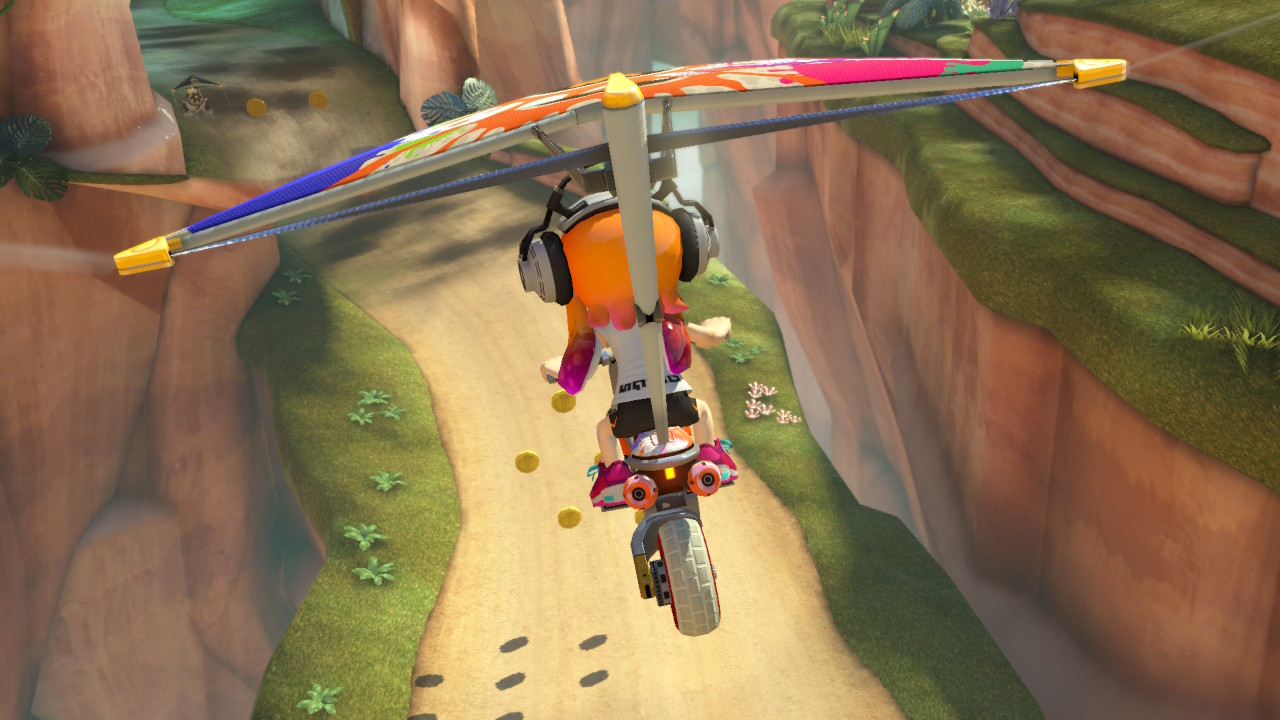

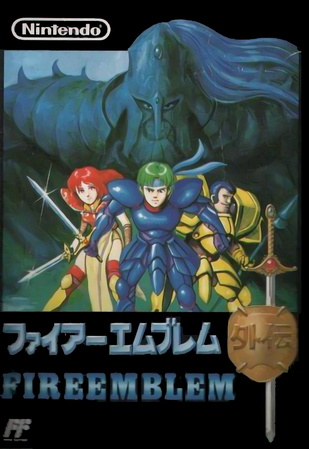

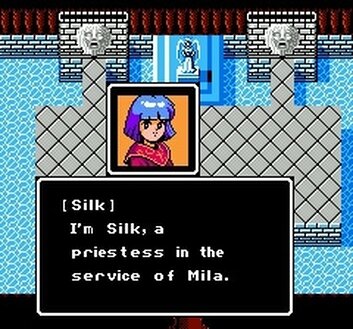
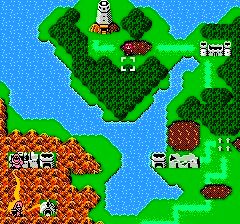
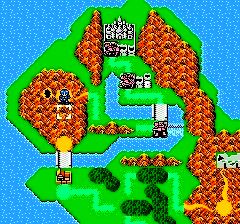
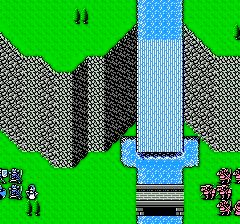
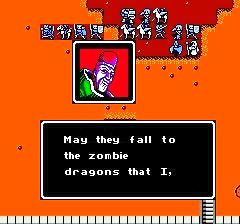
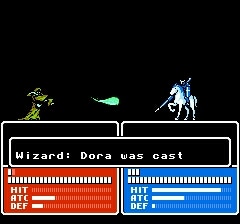
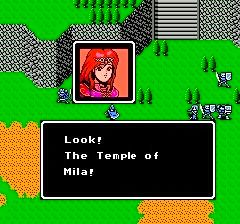

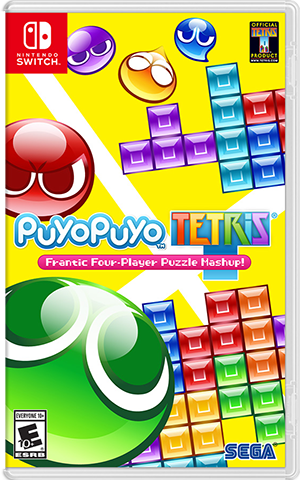
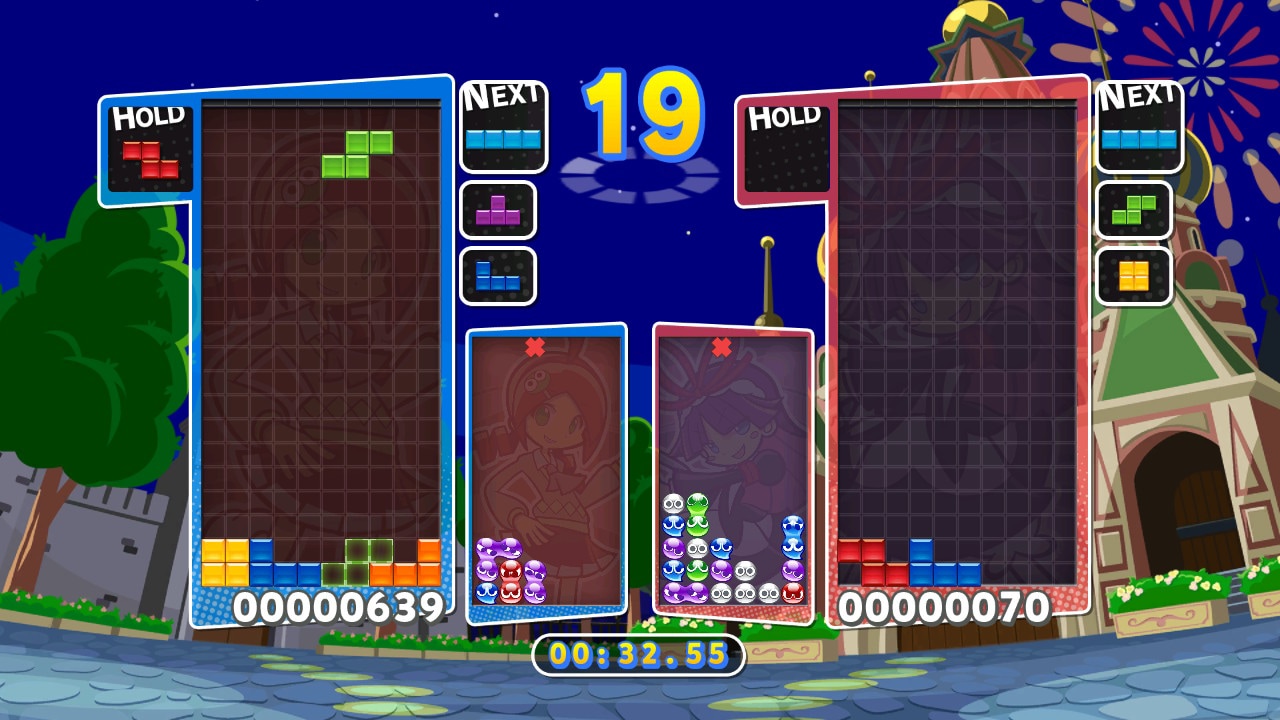
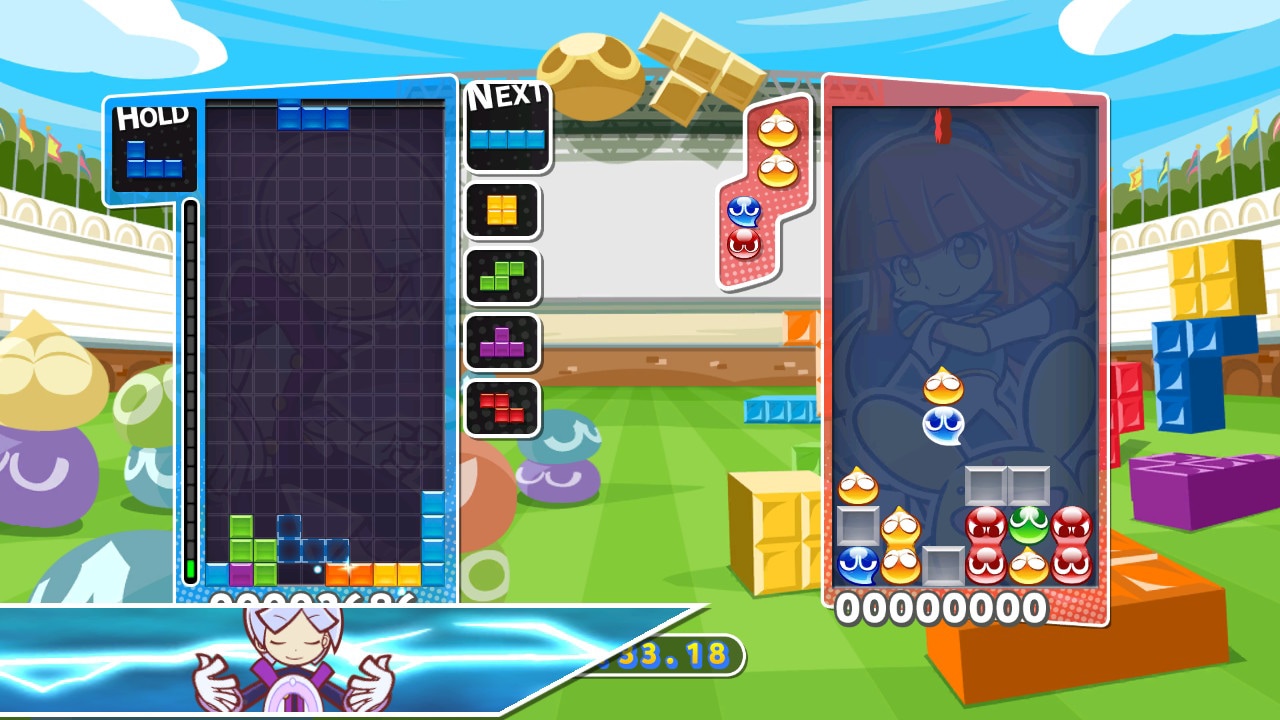

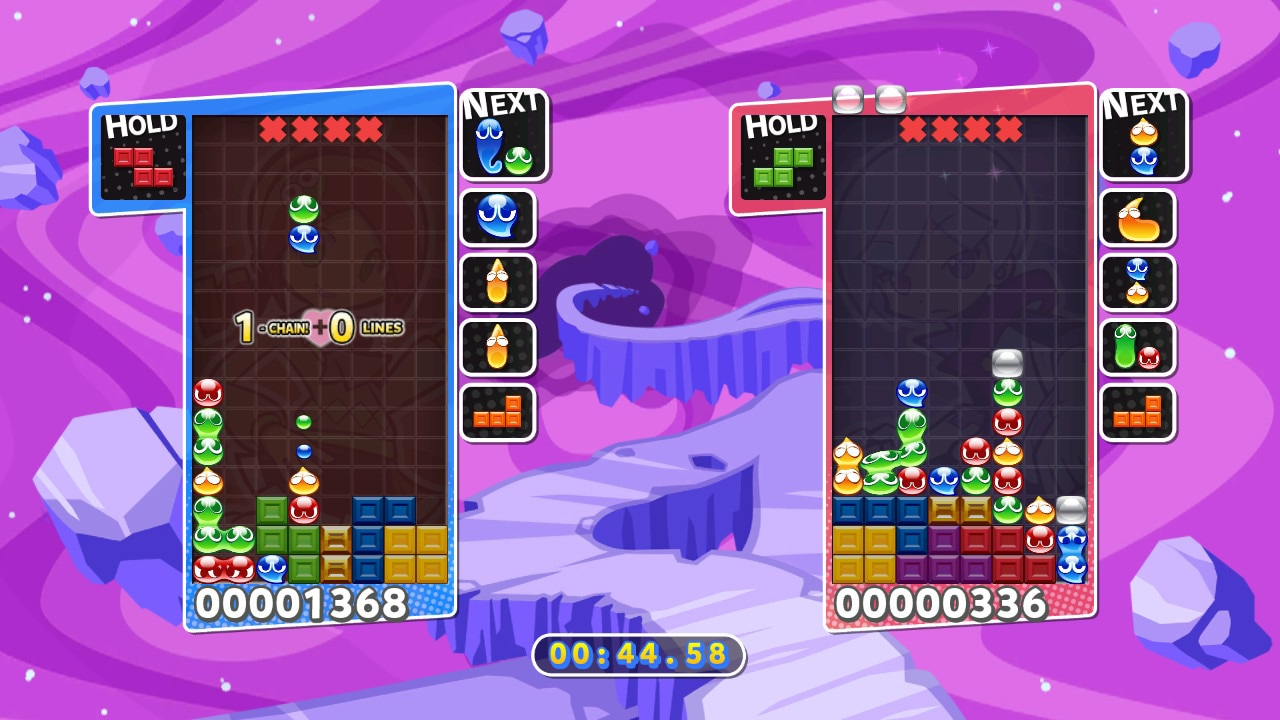
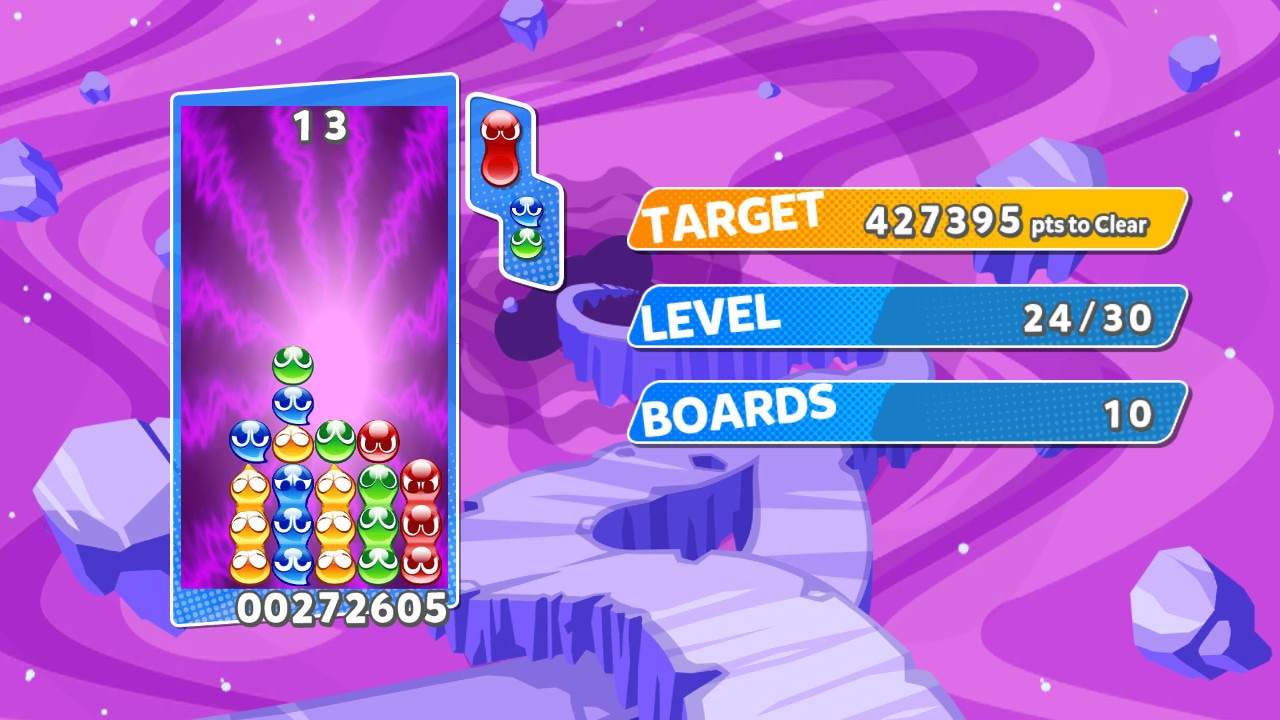

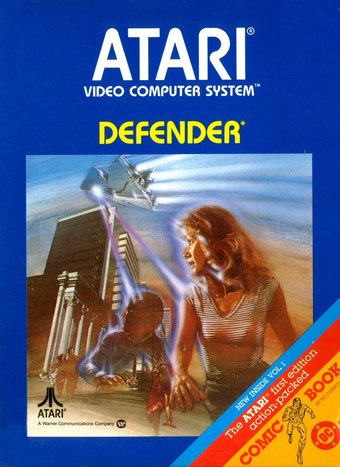
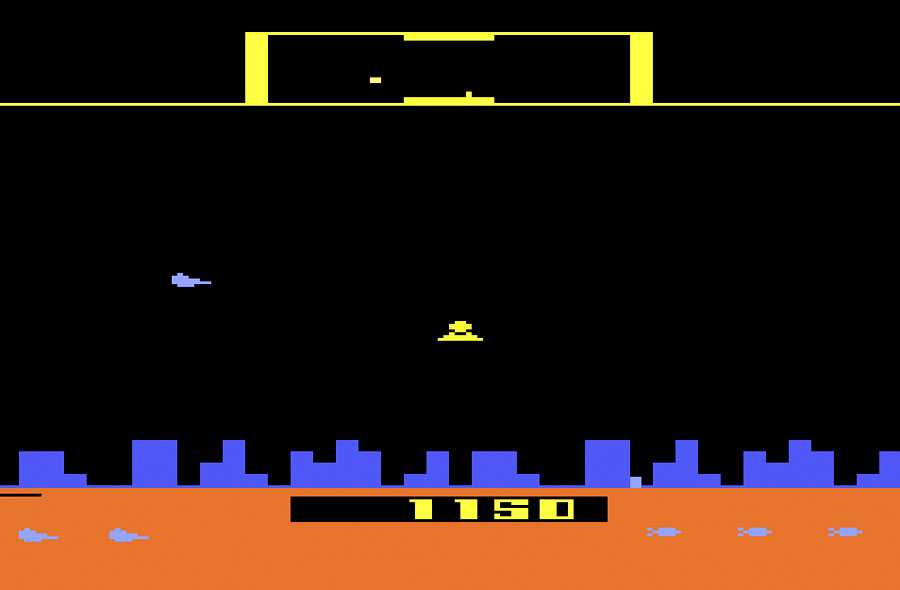
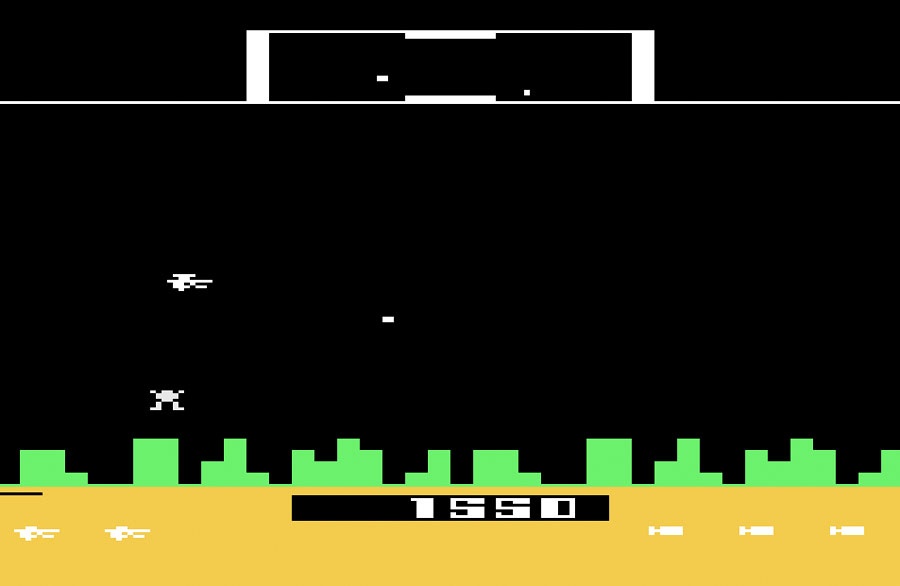
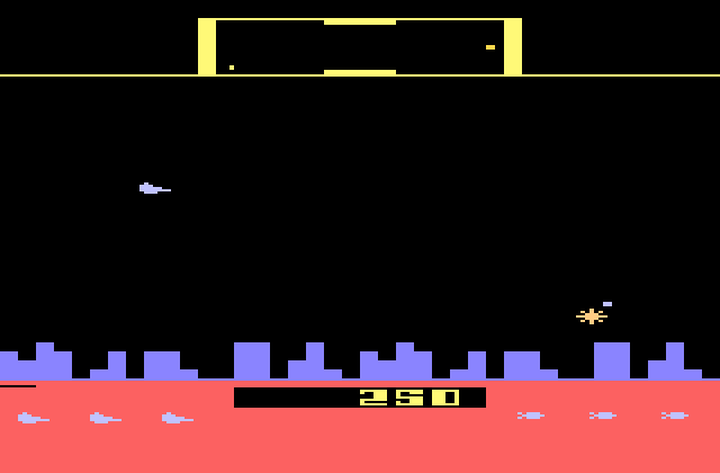

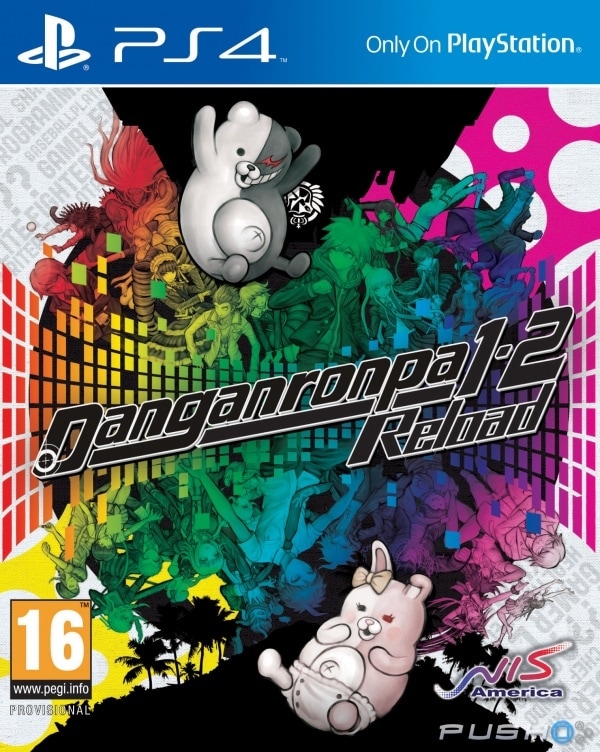
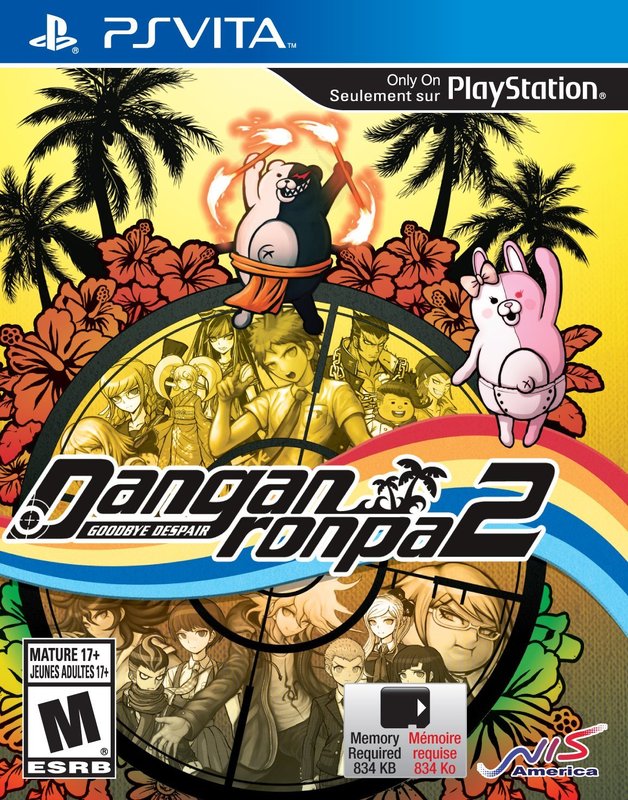
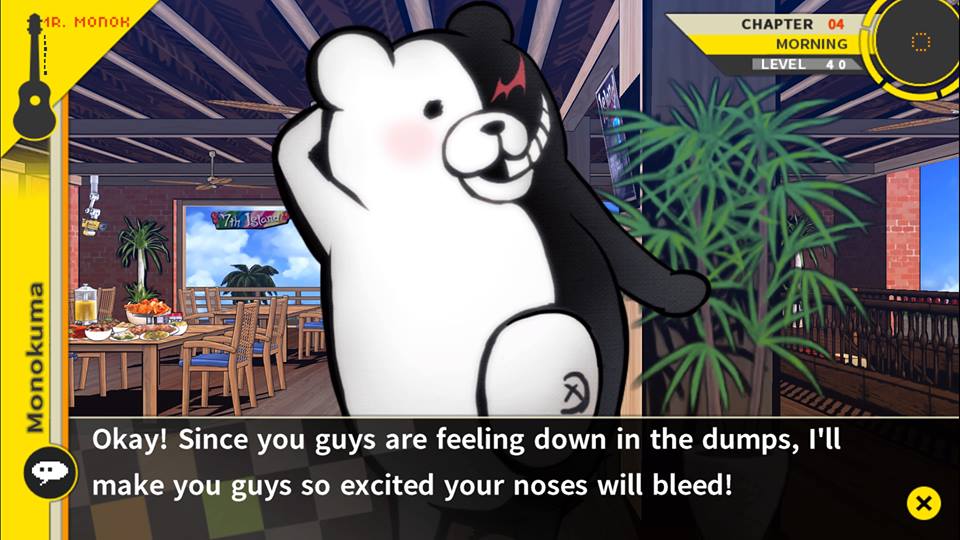
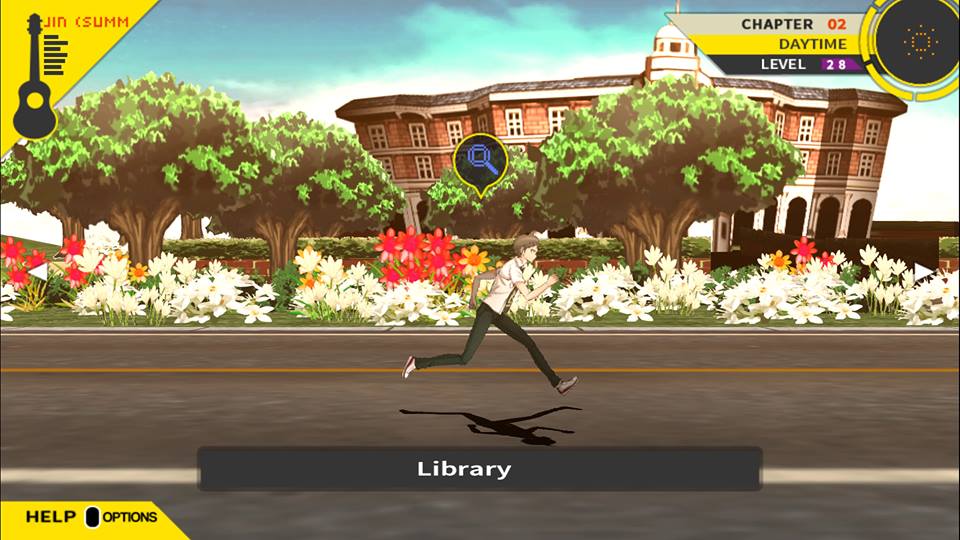
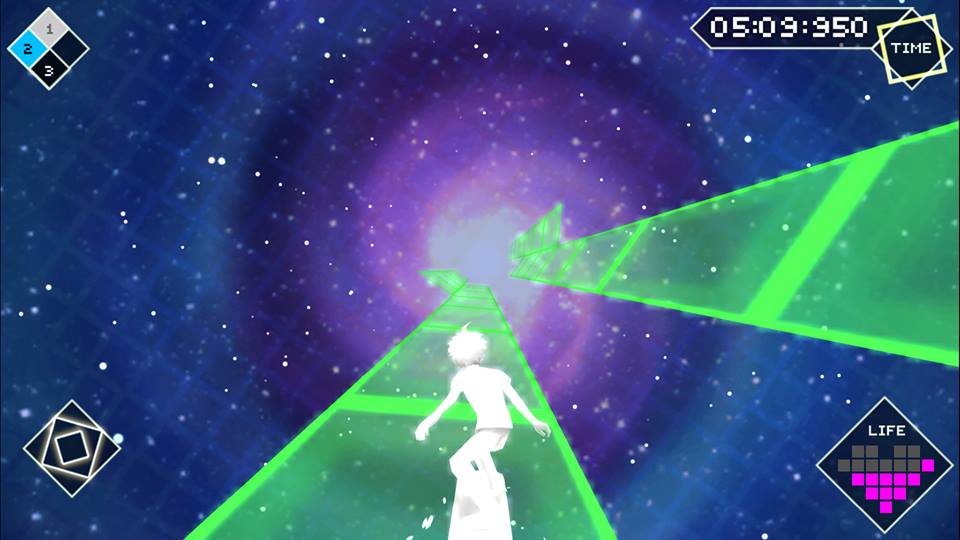
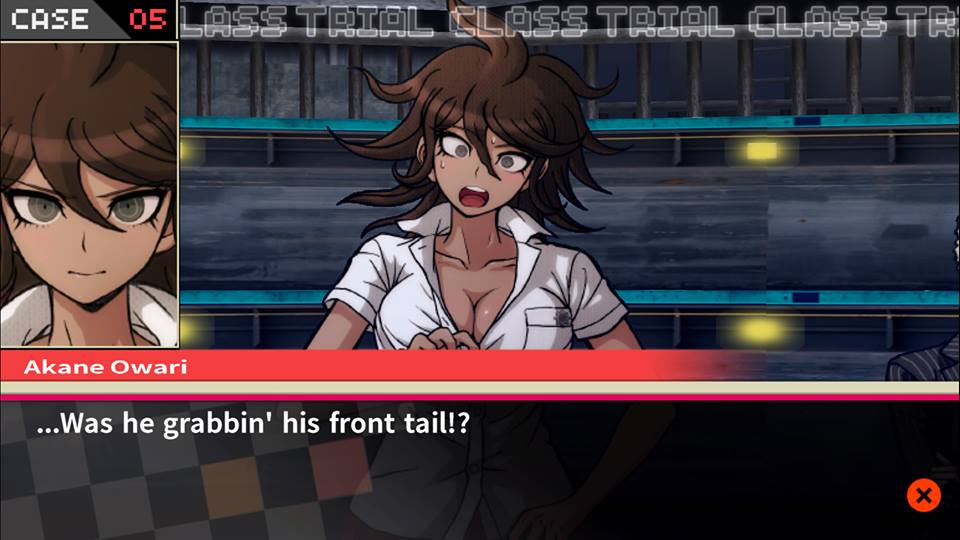
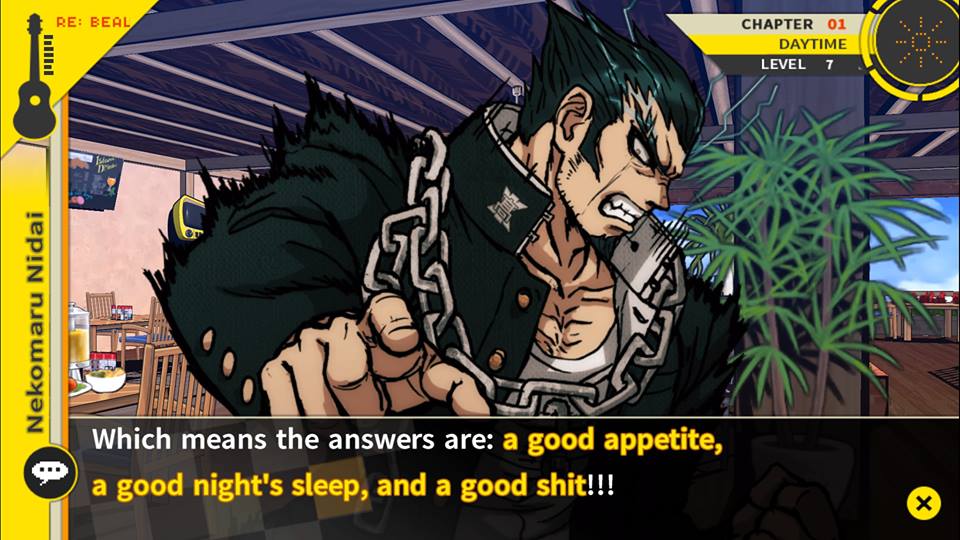
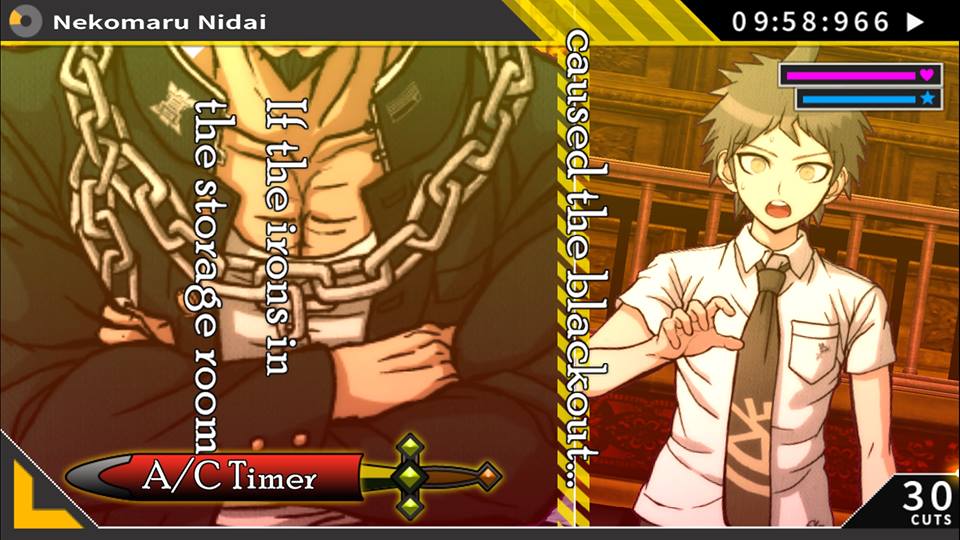

 RSS Feed
RSS Feed
